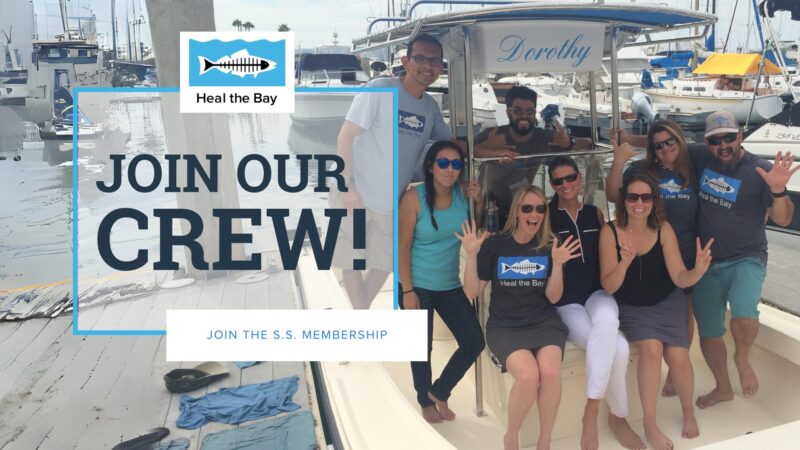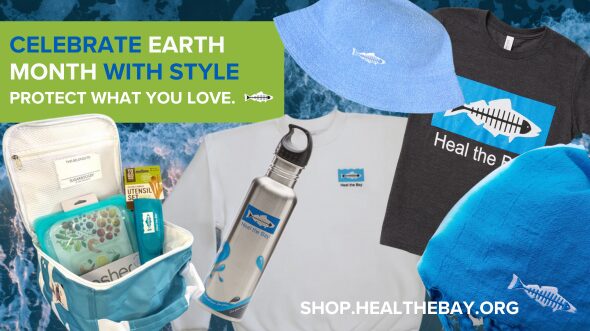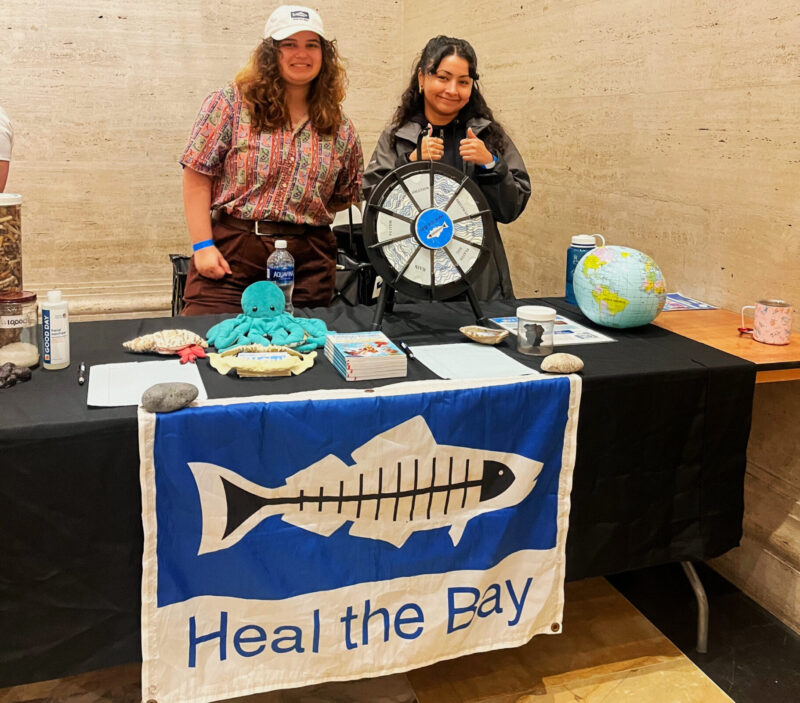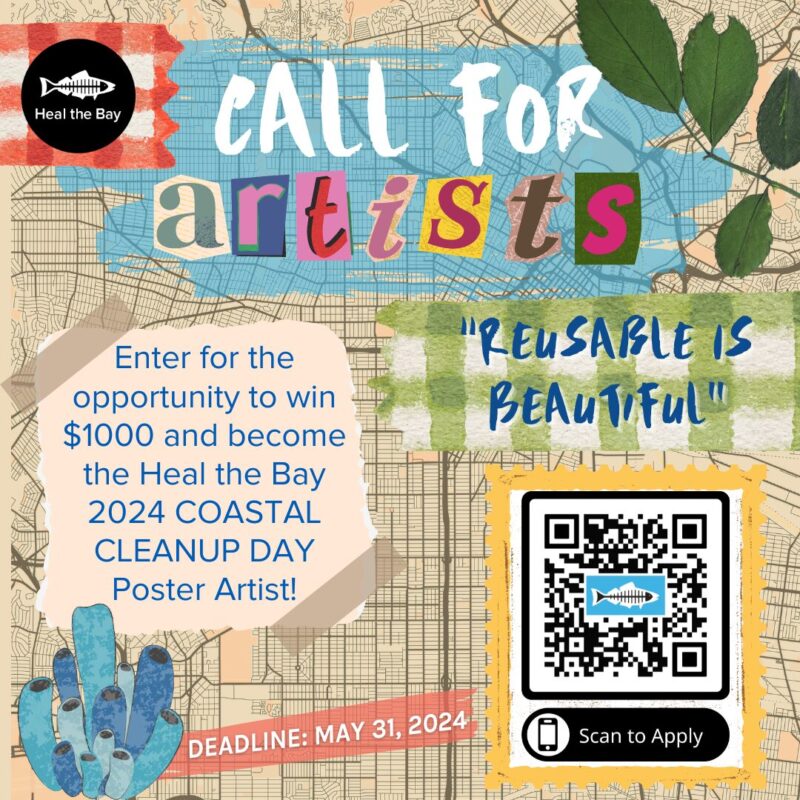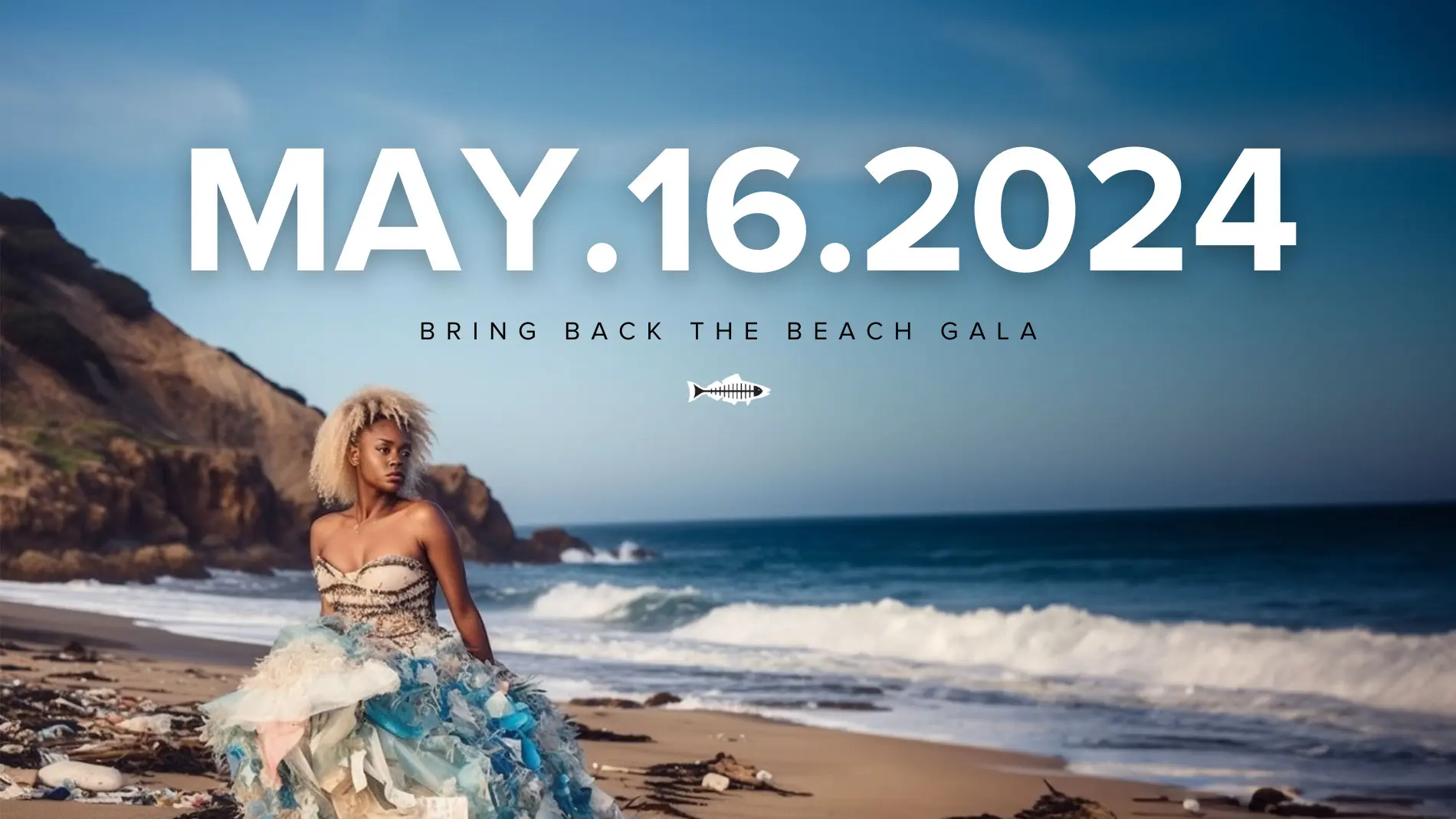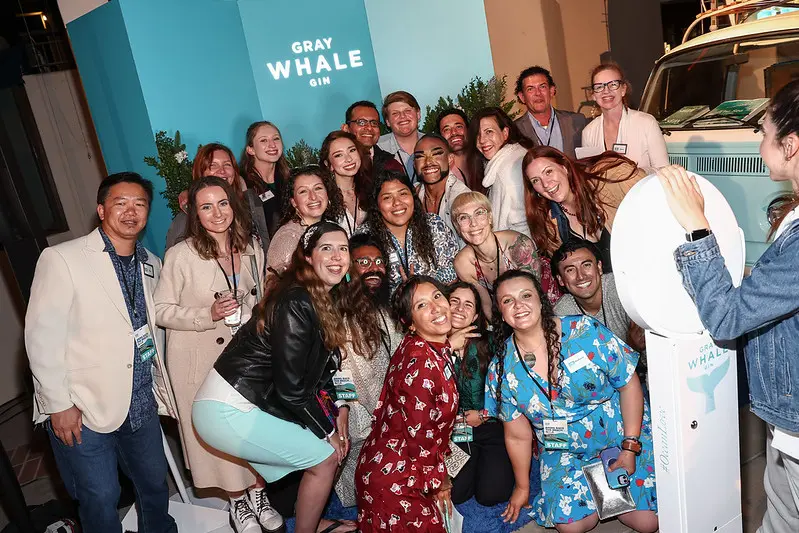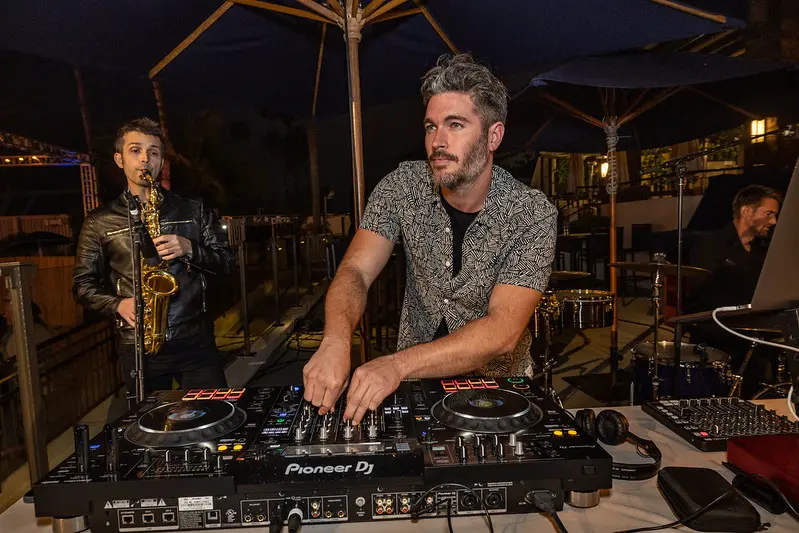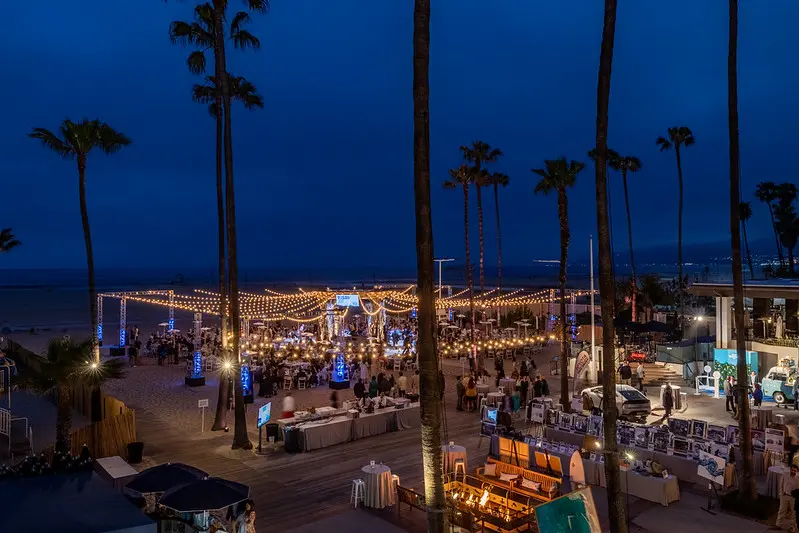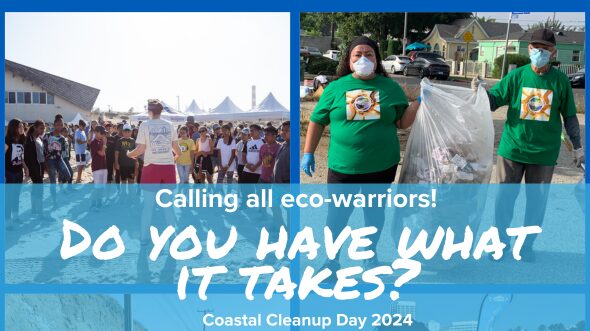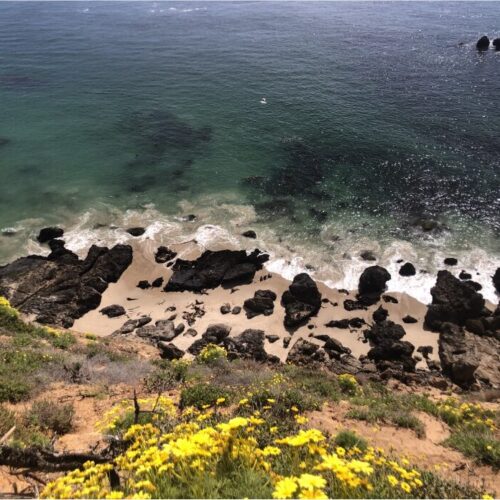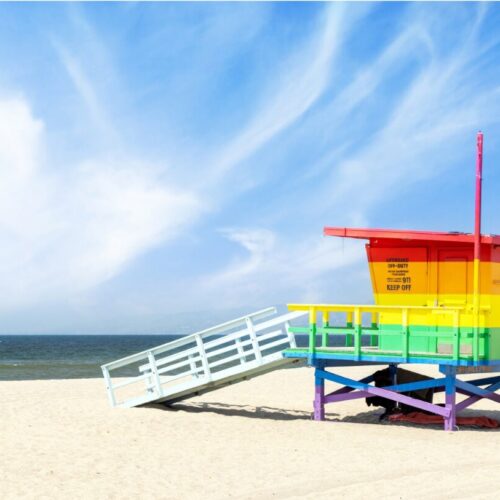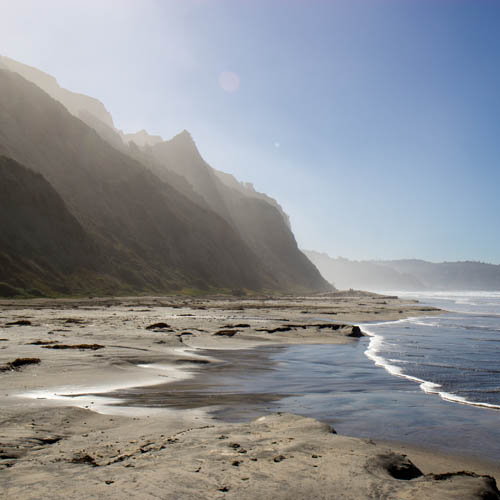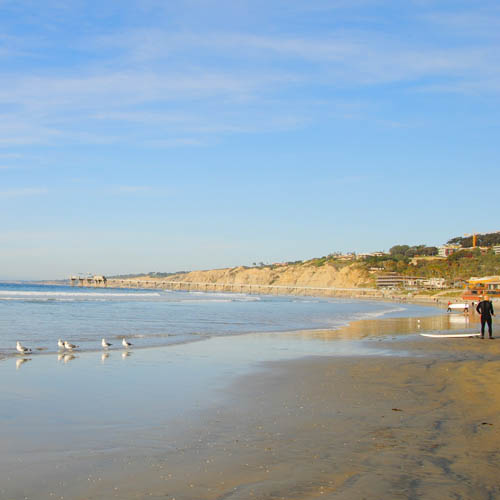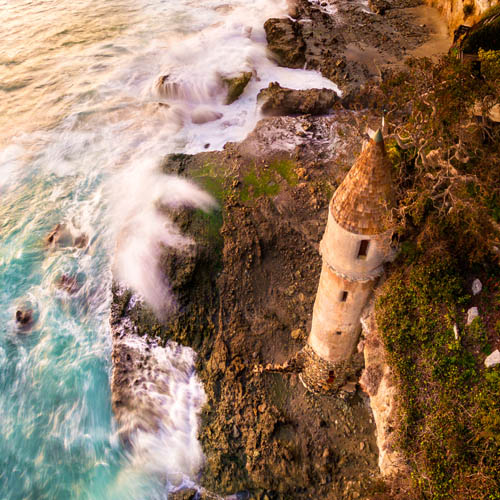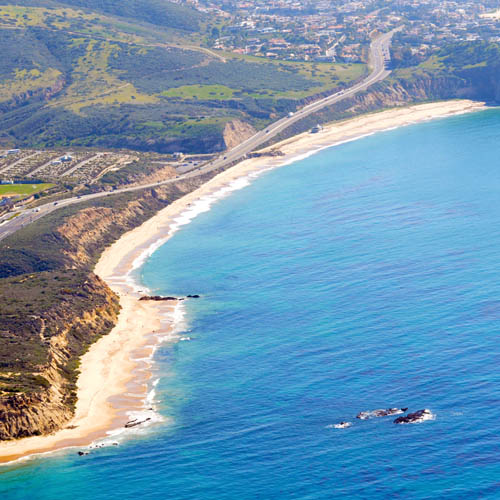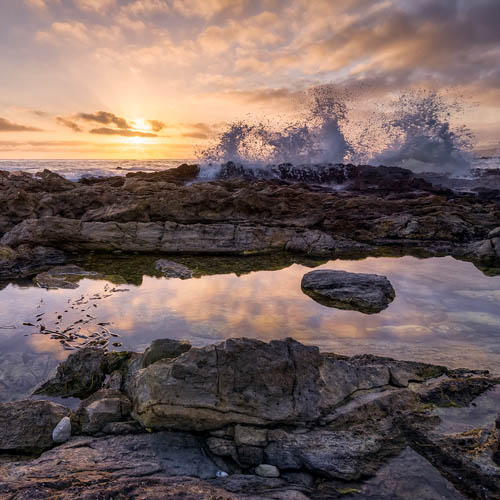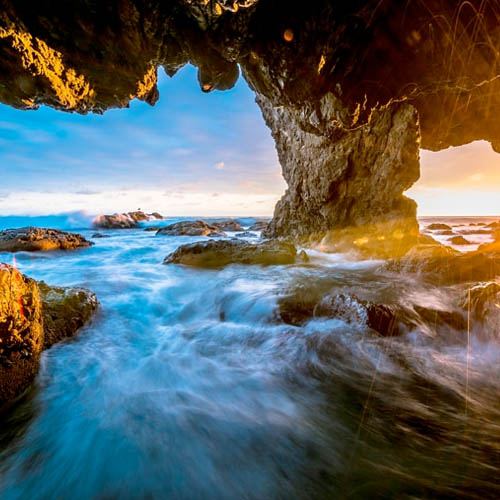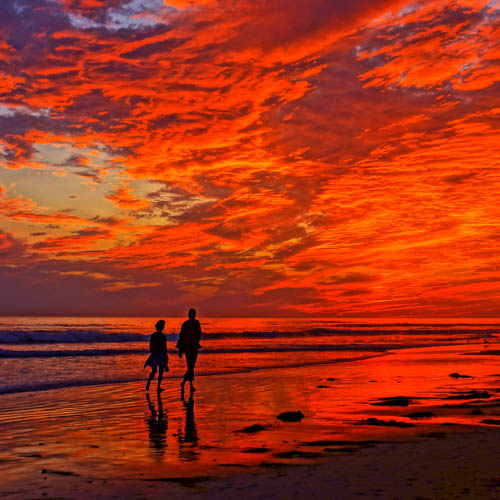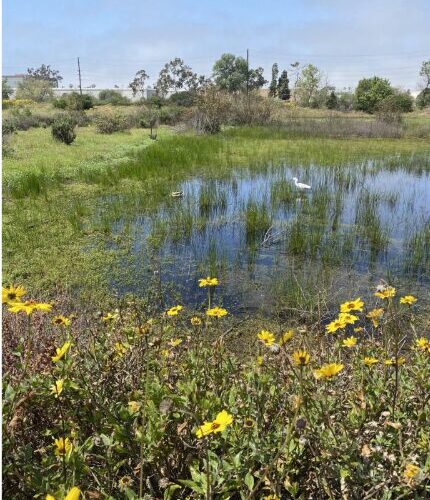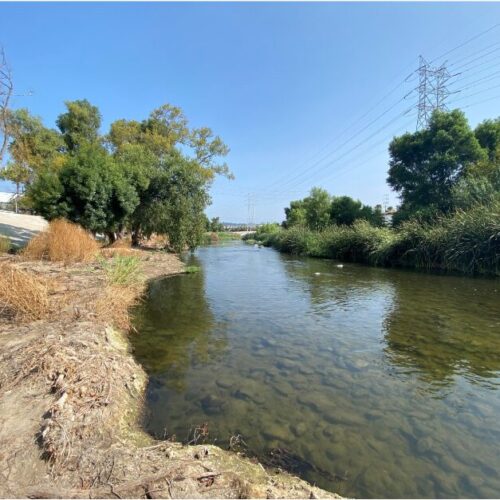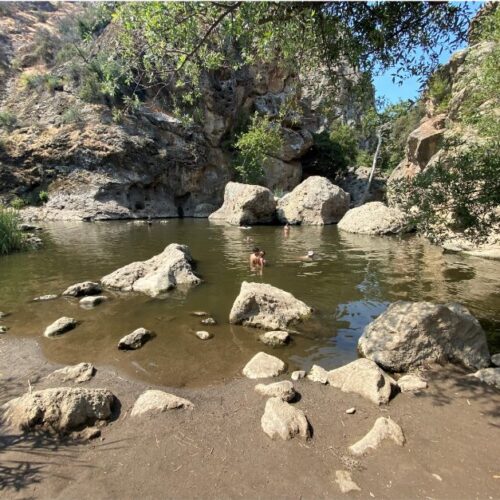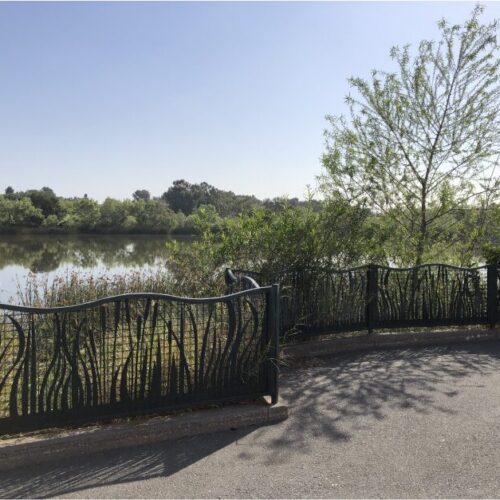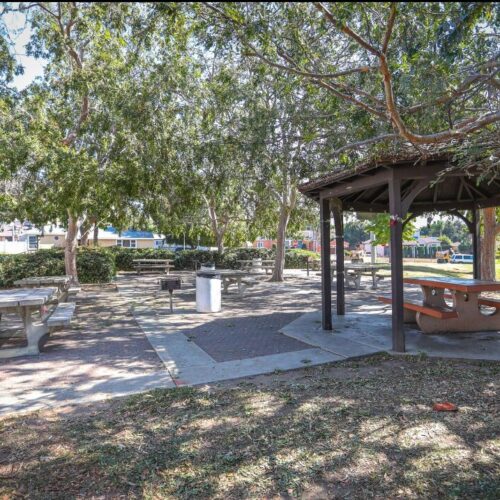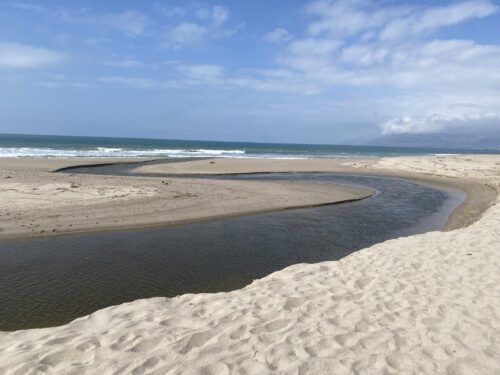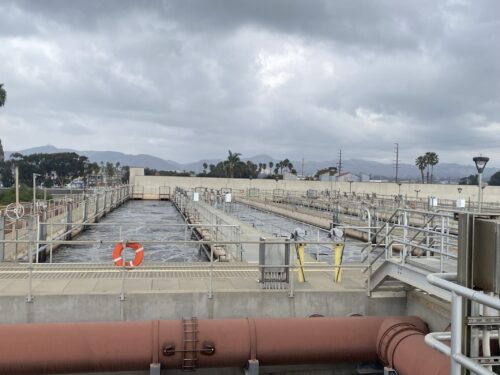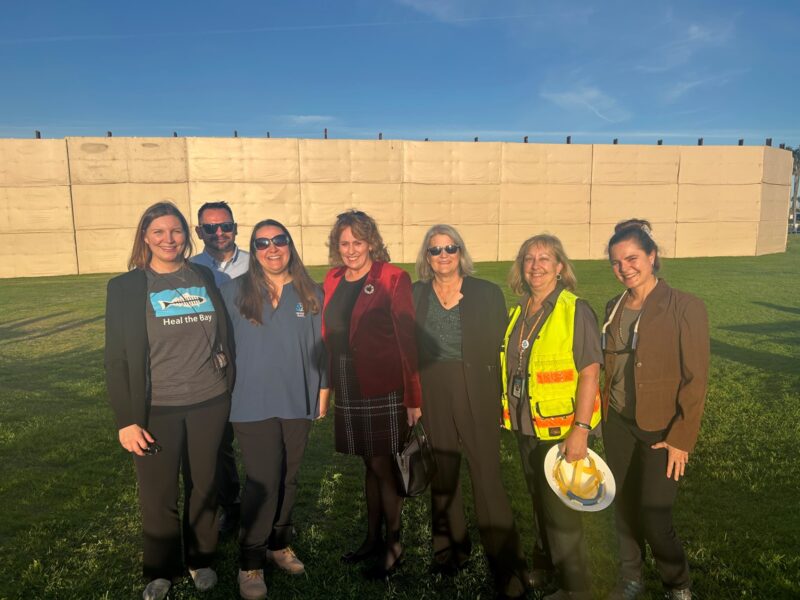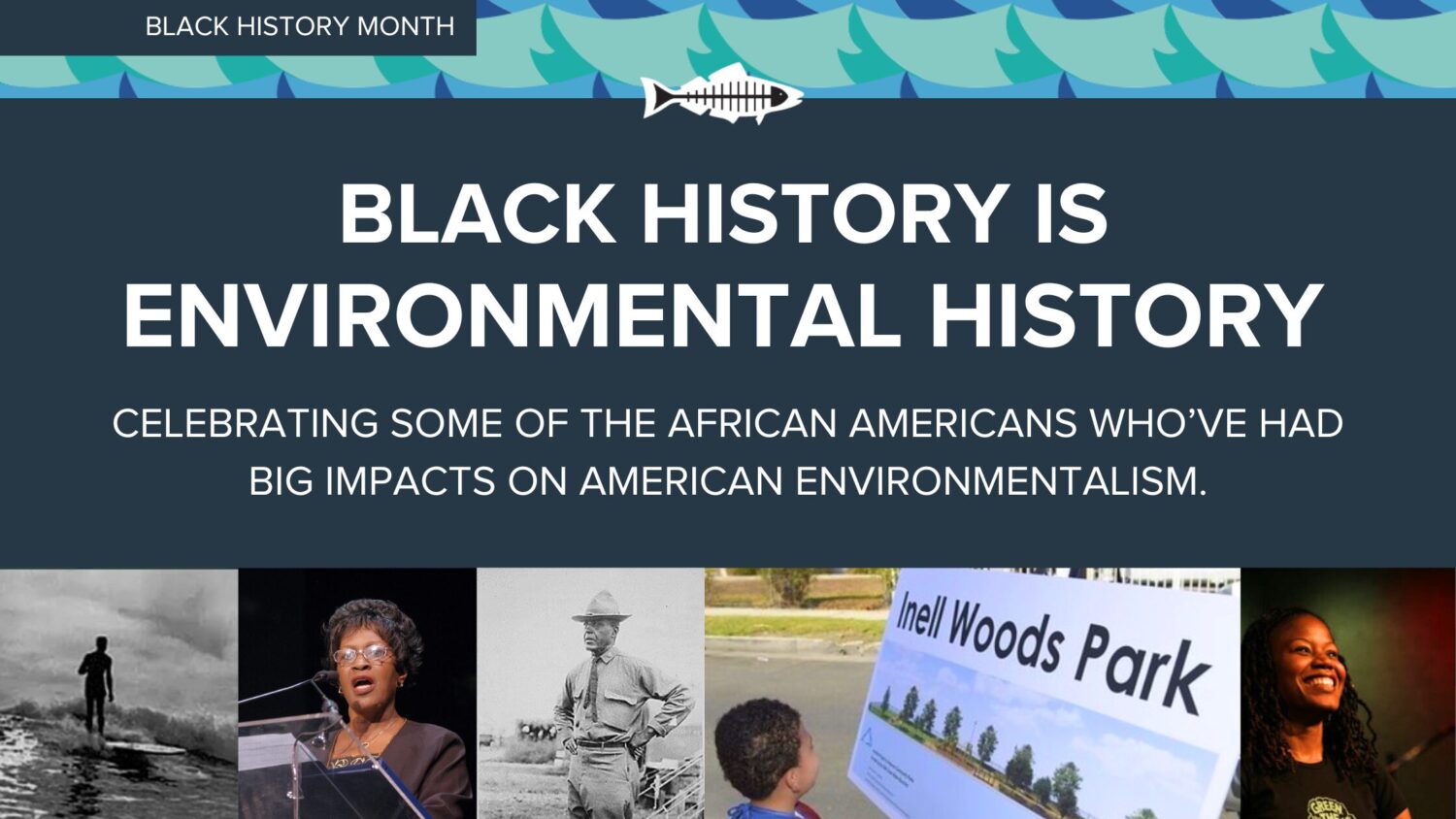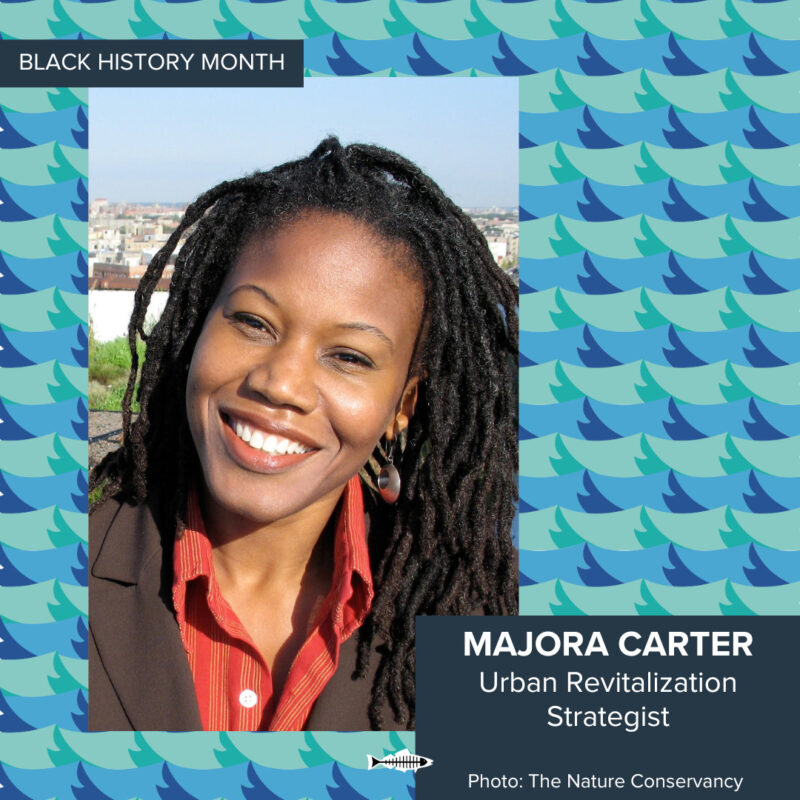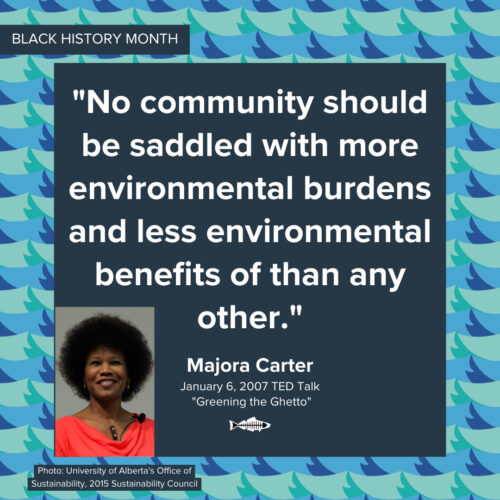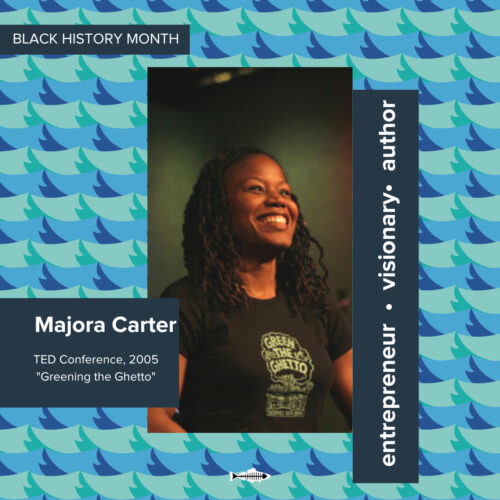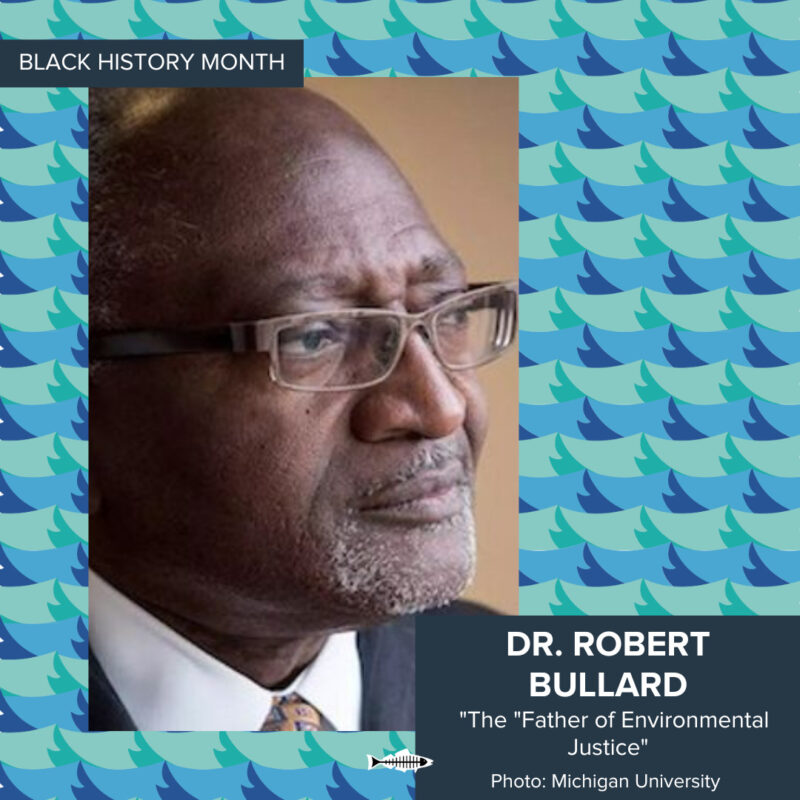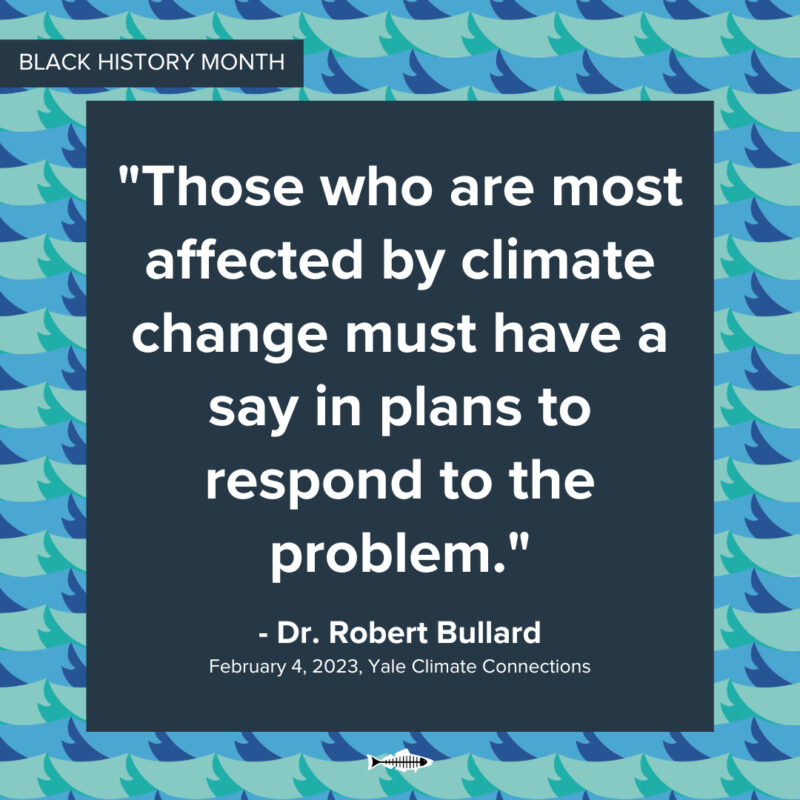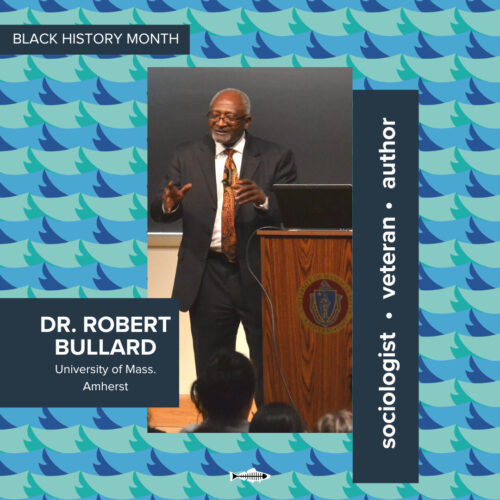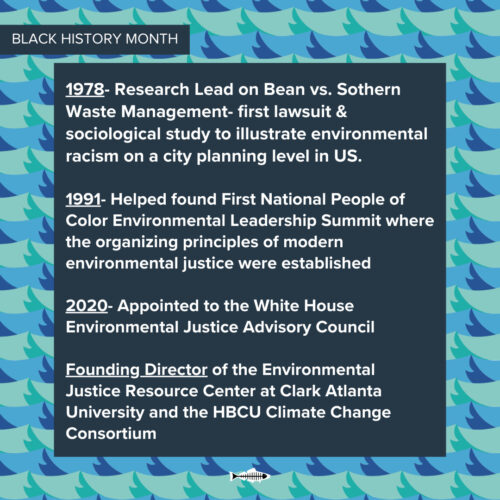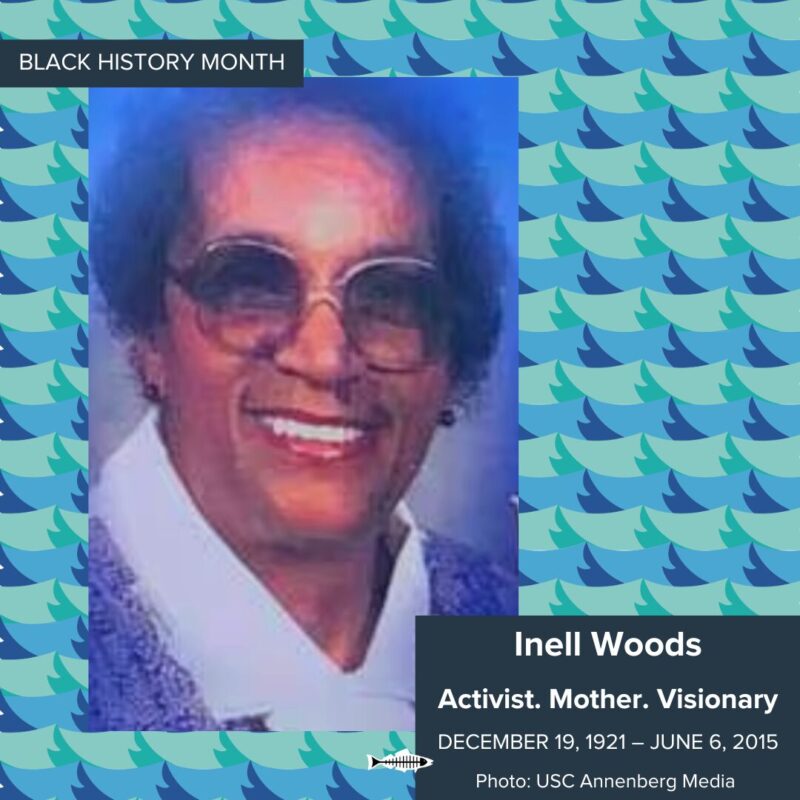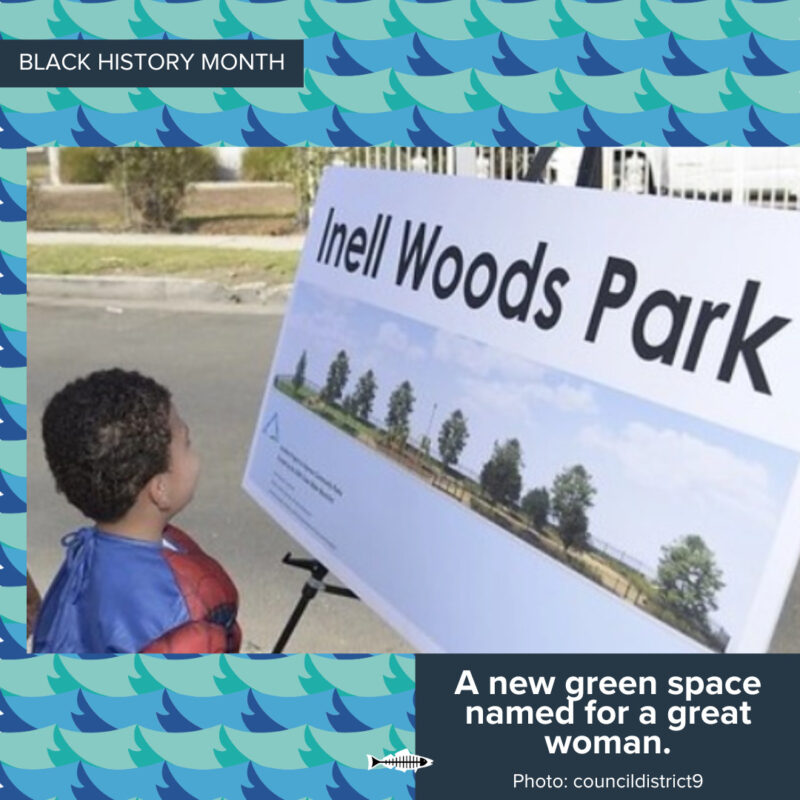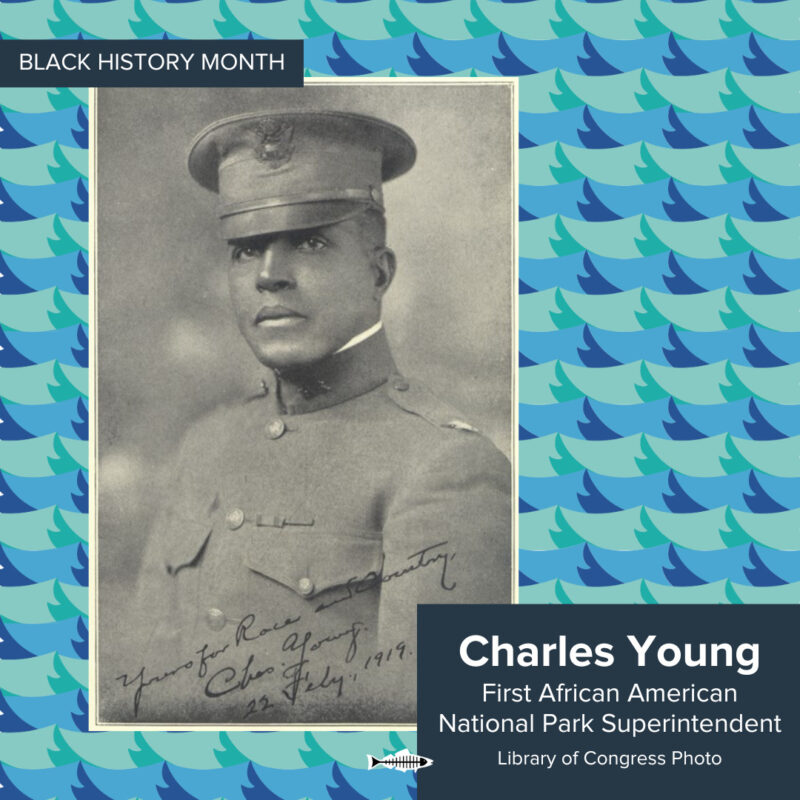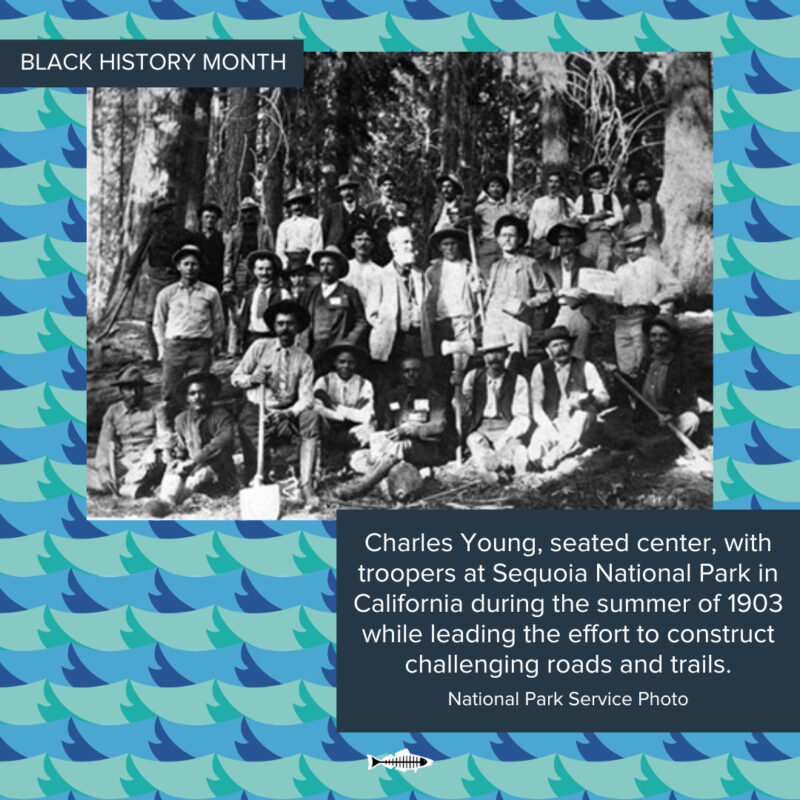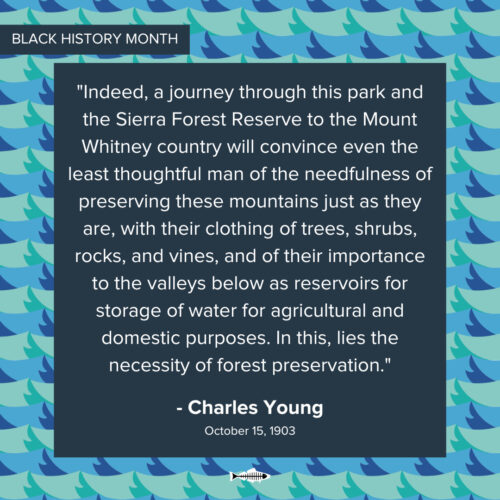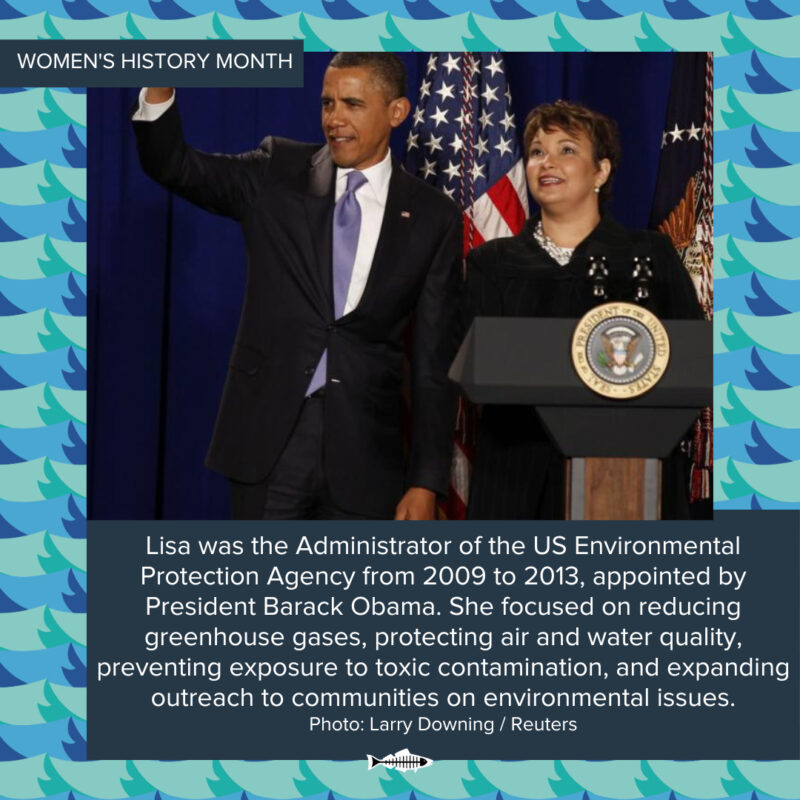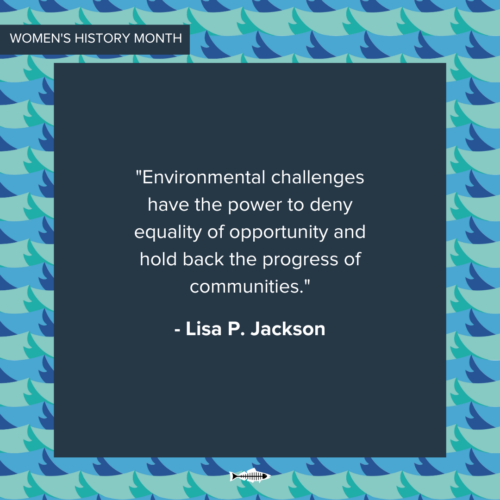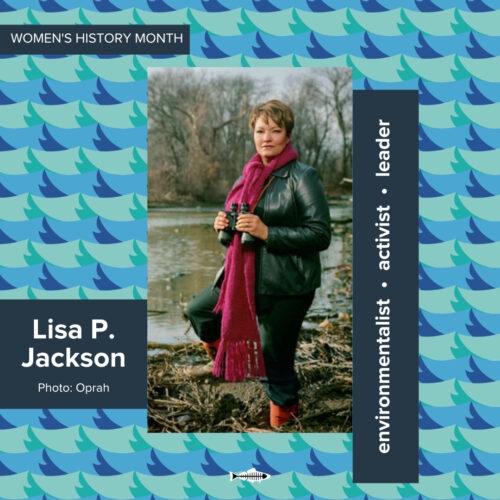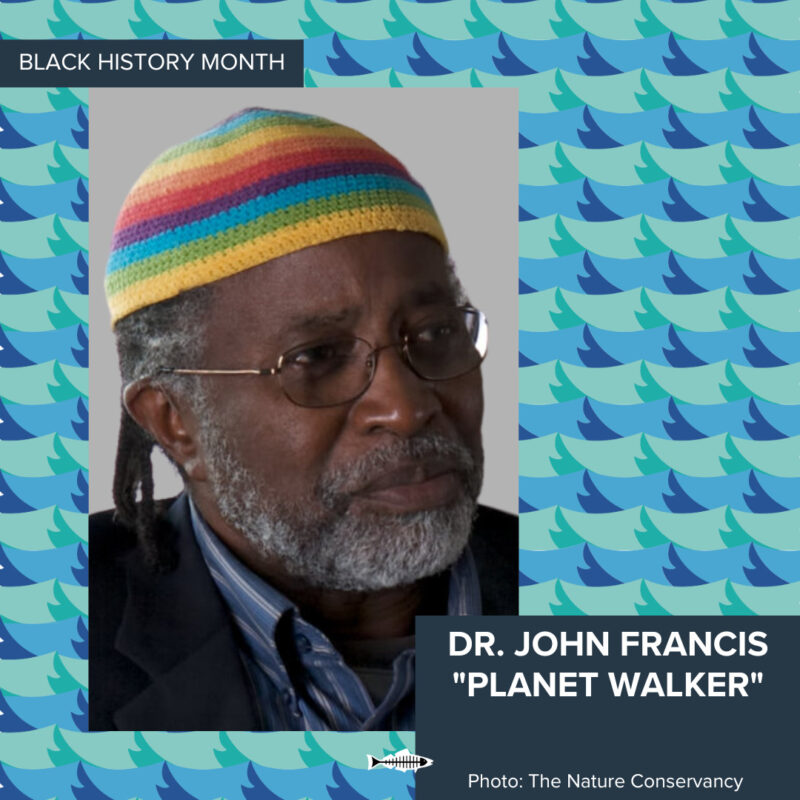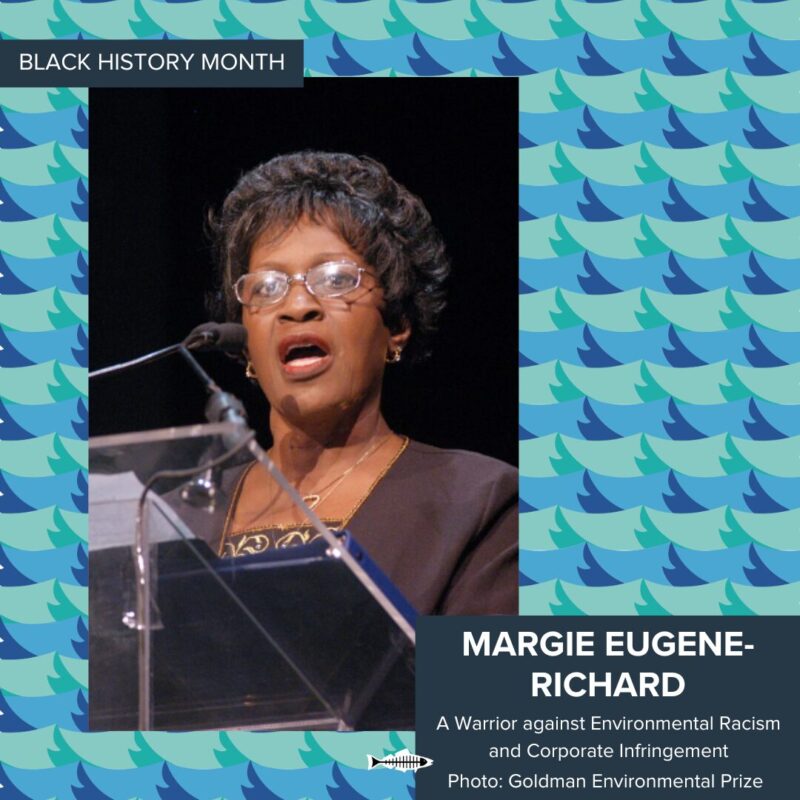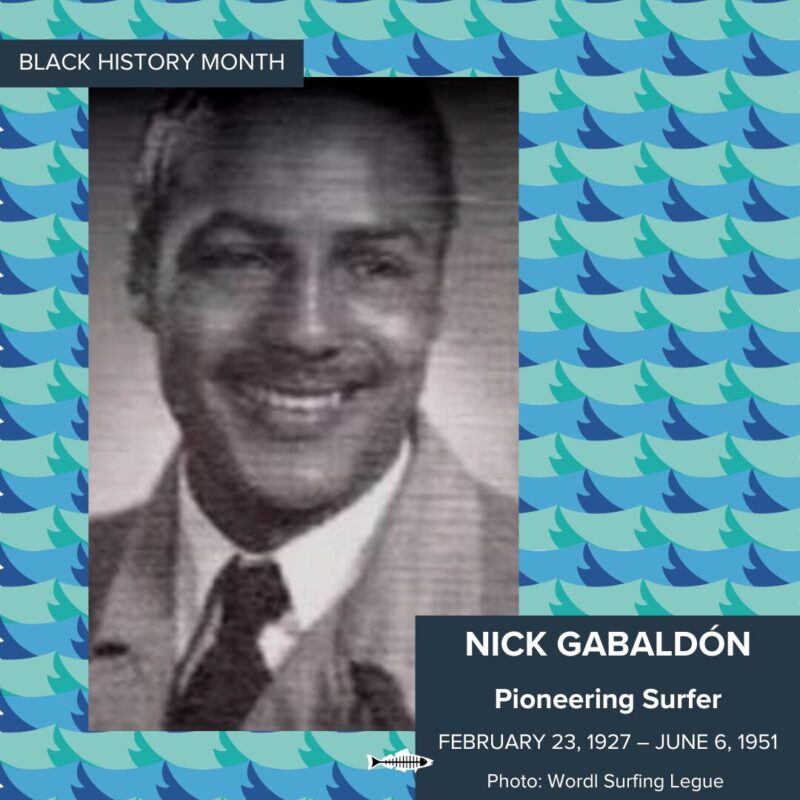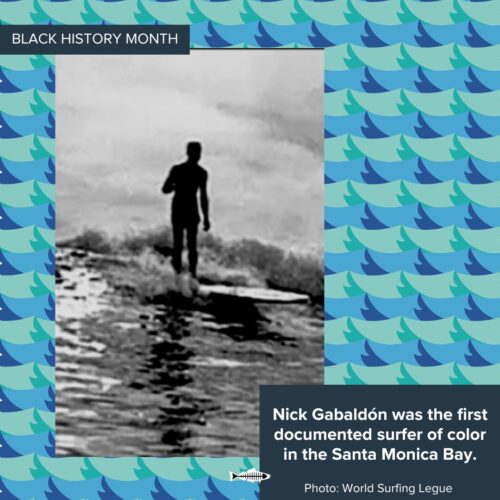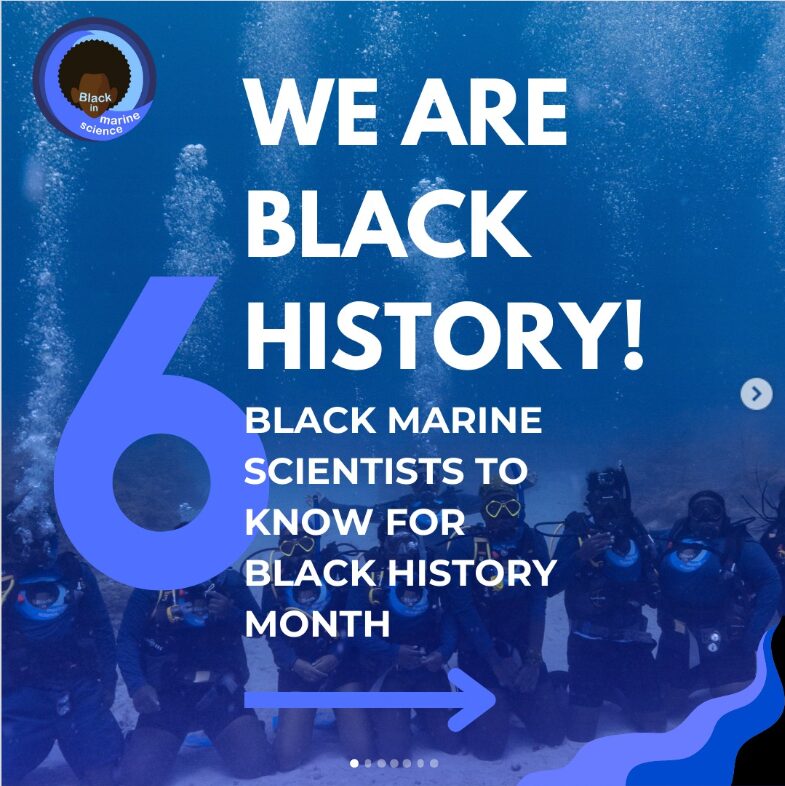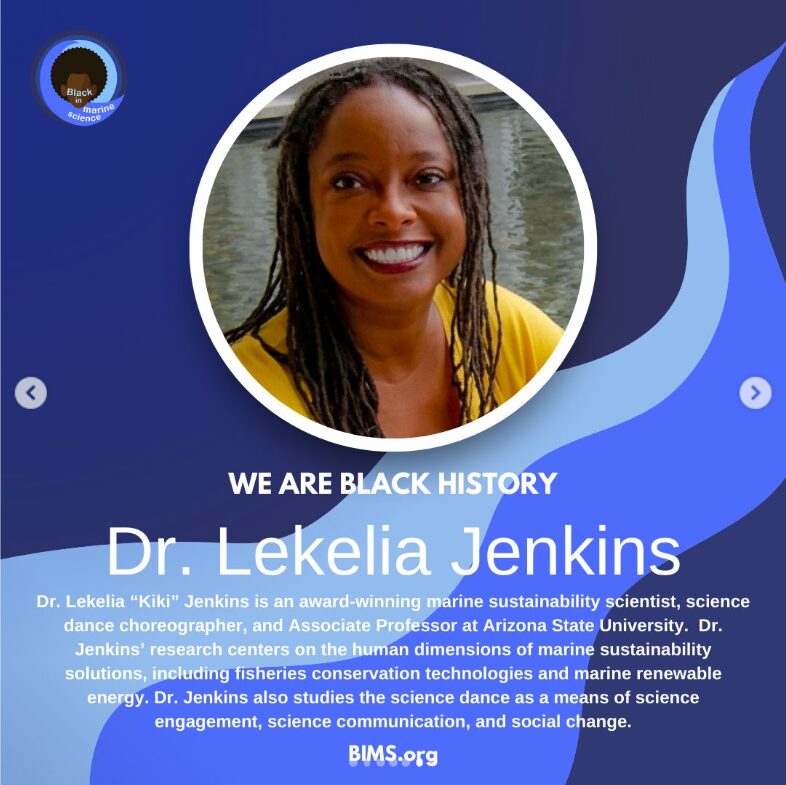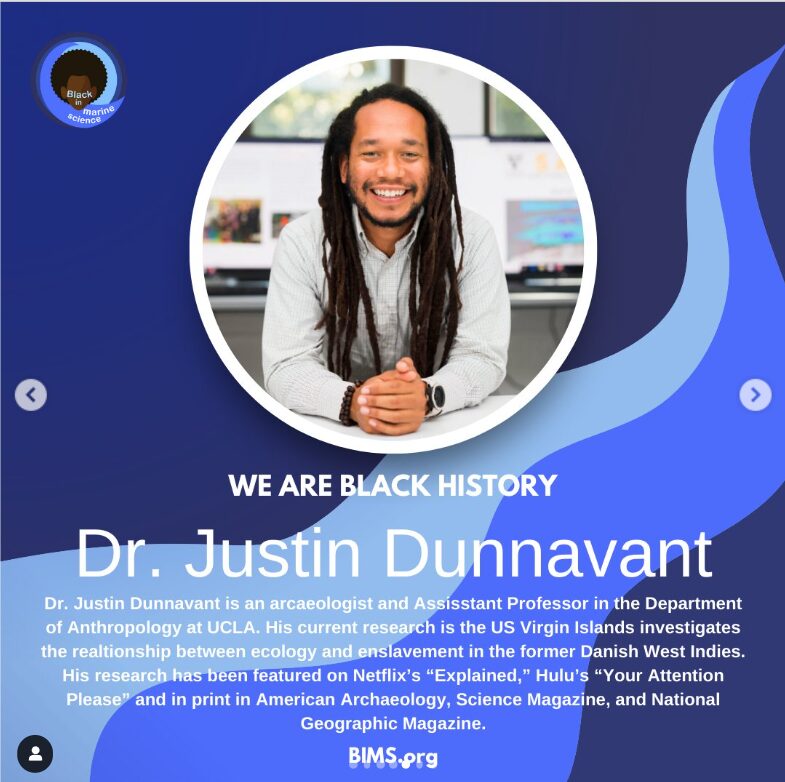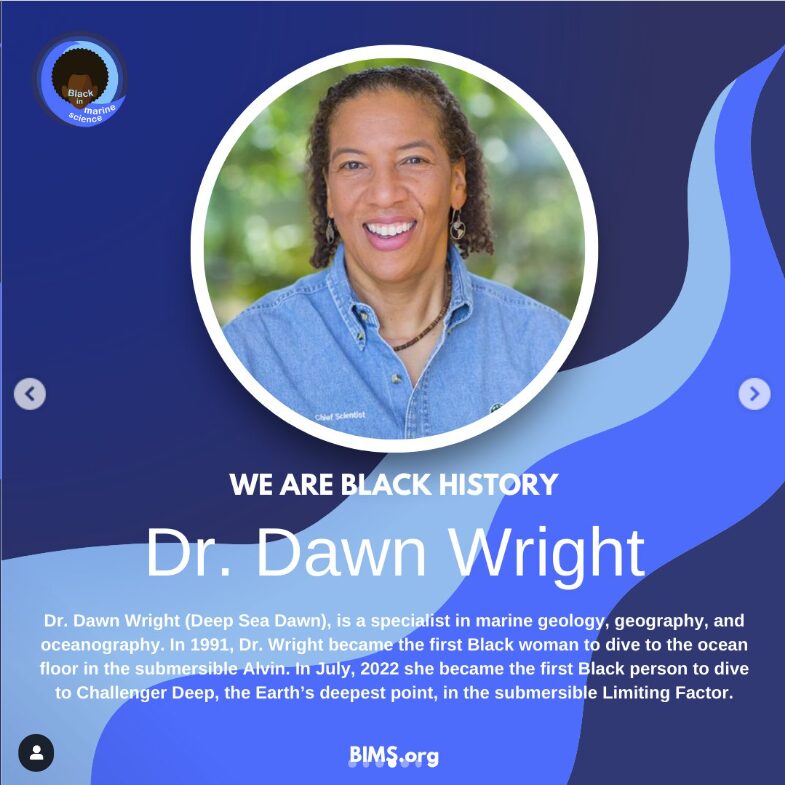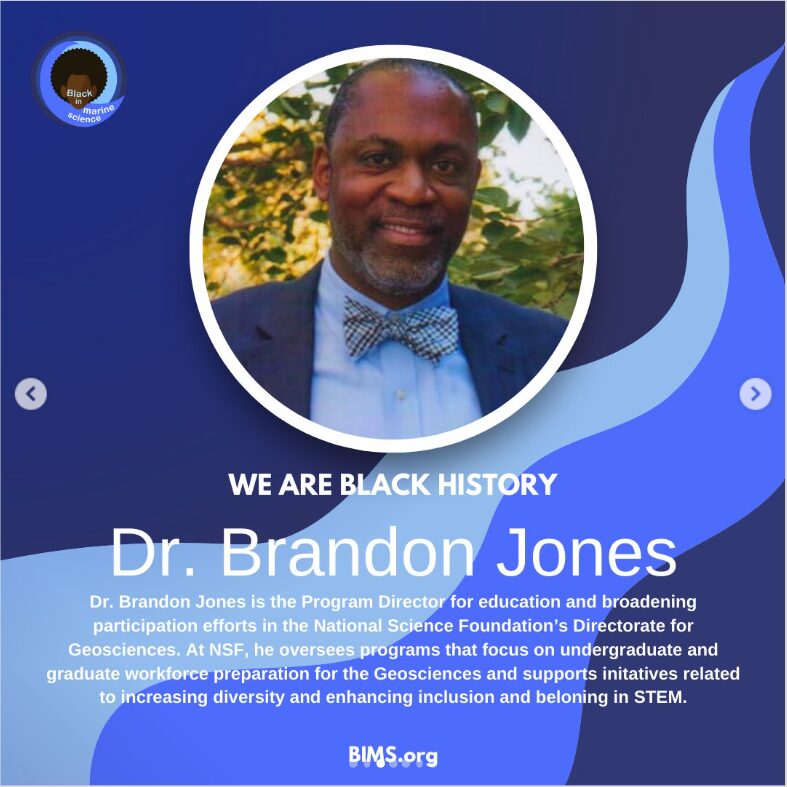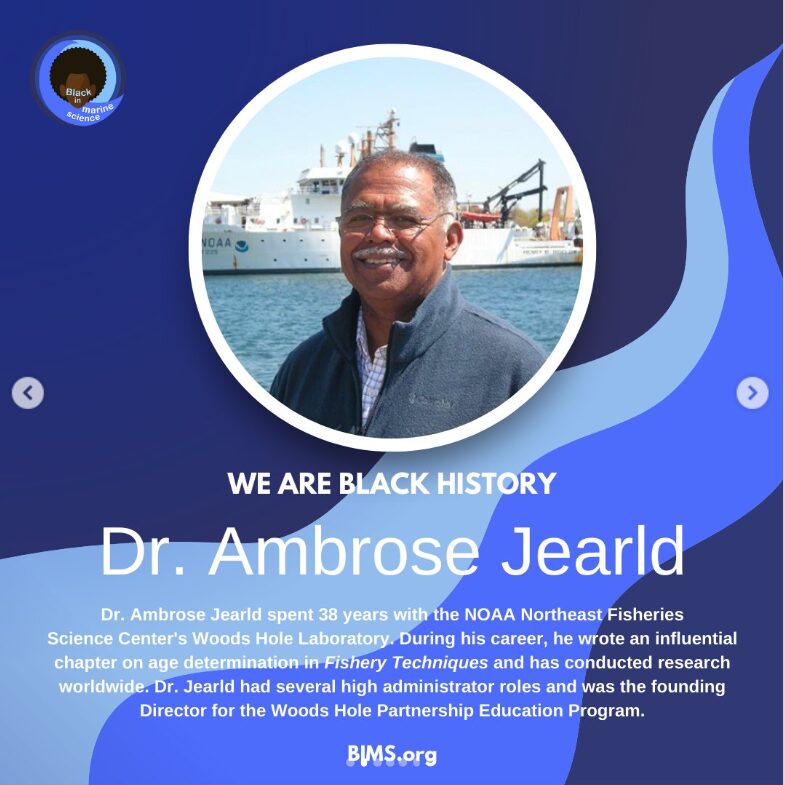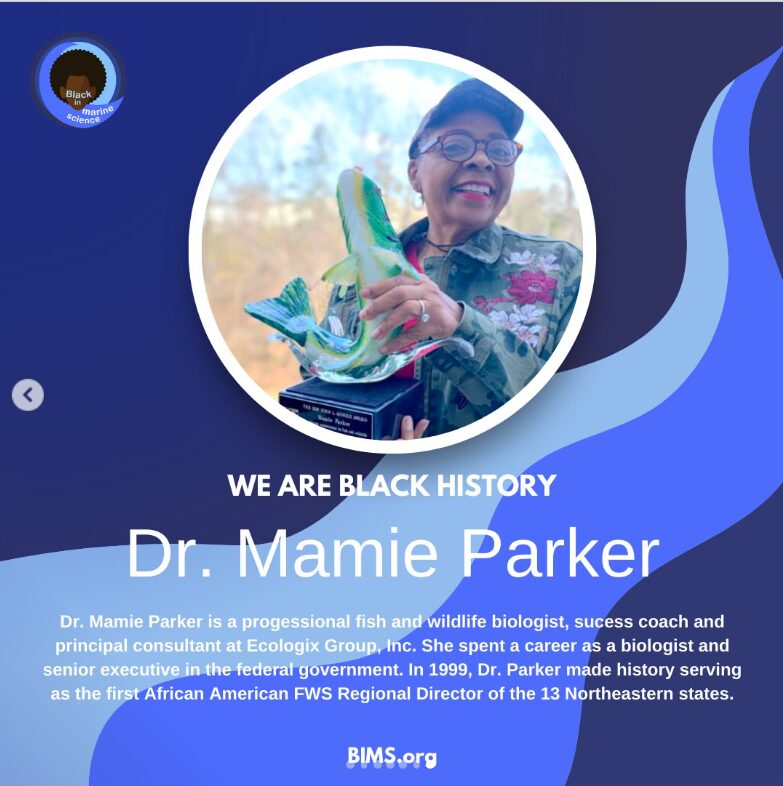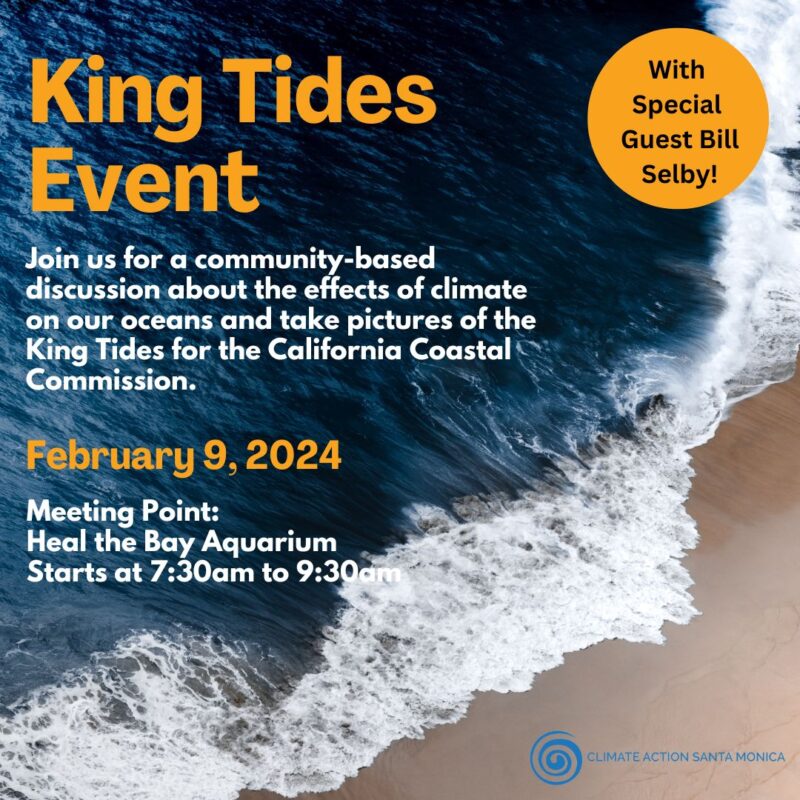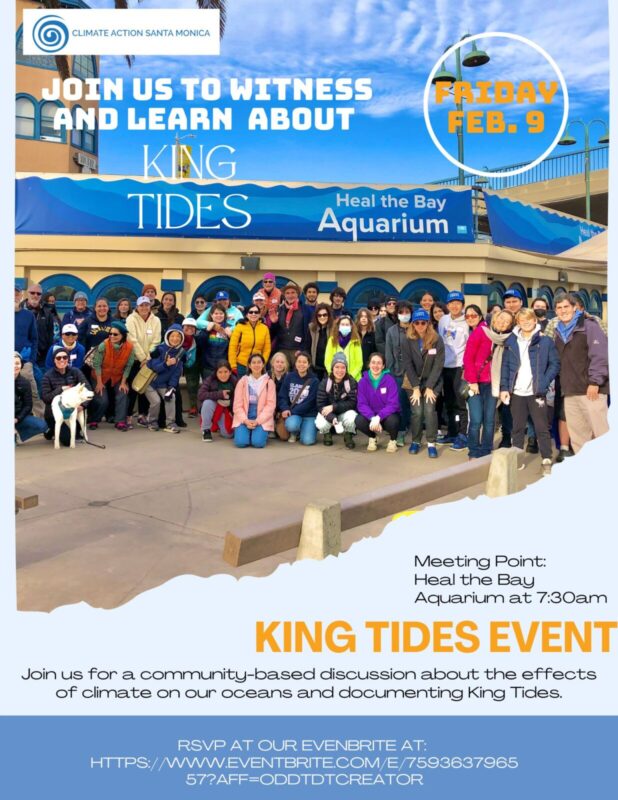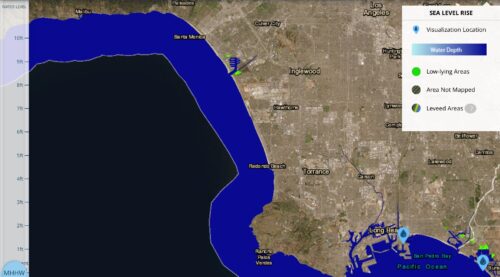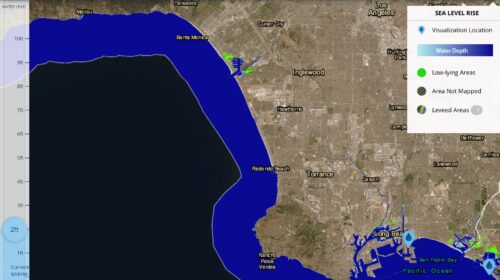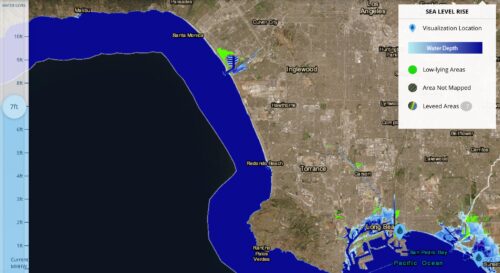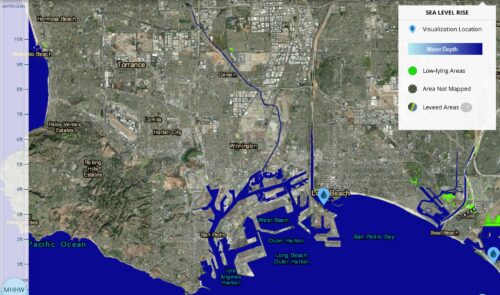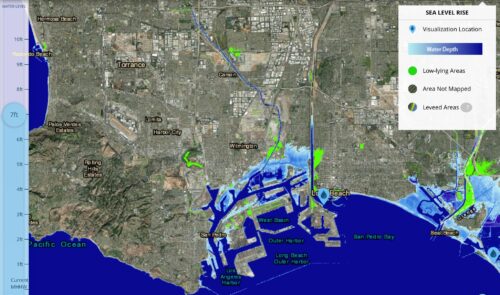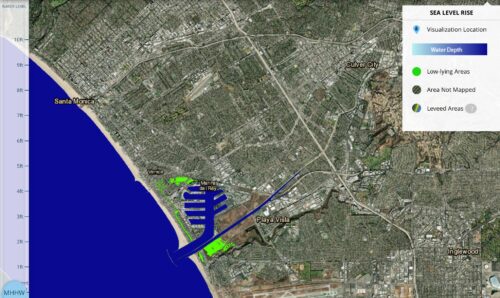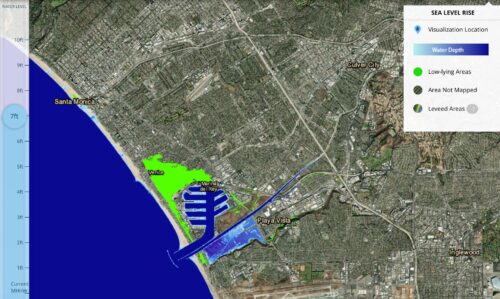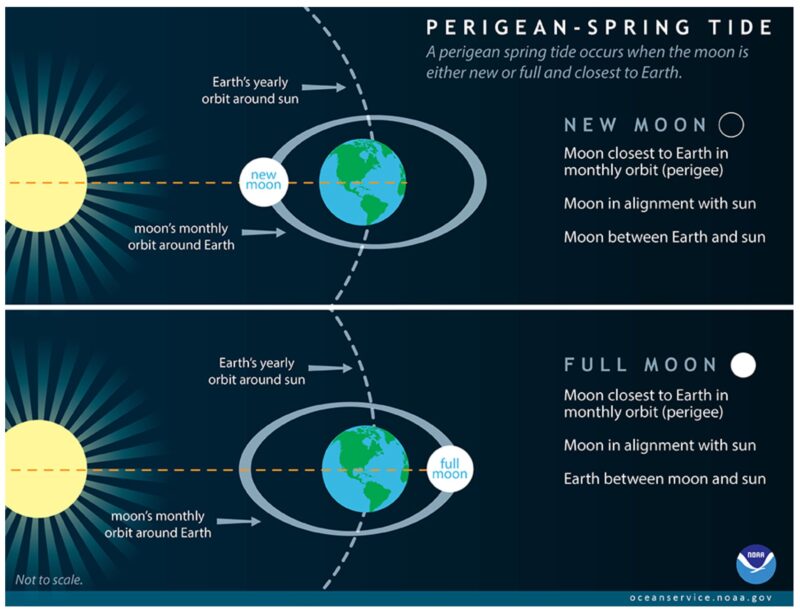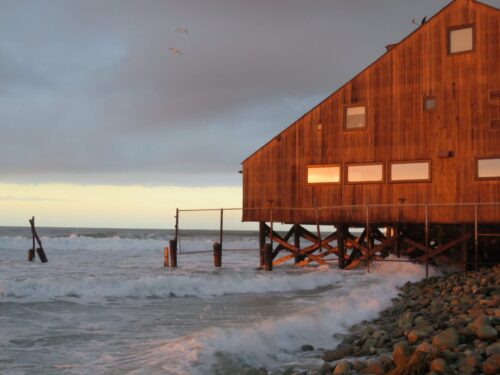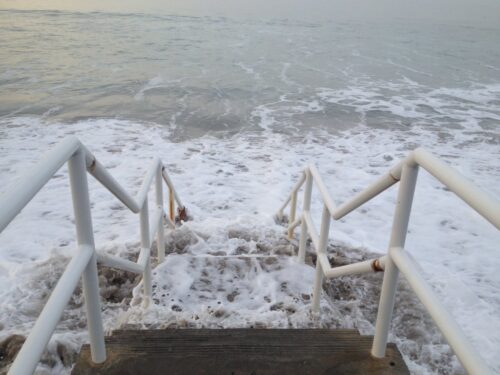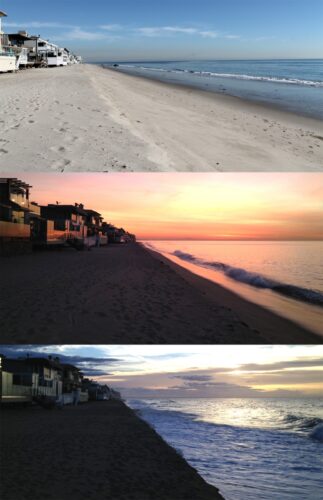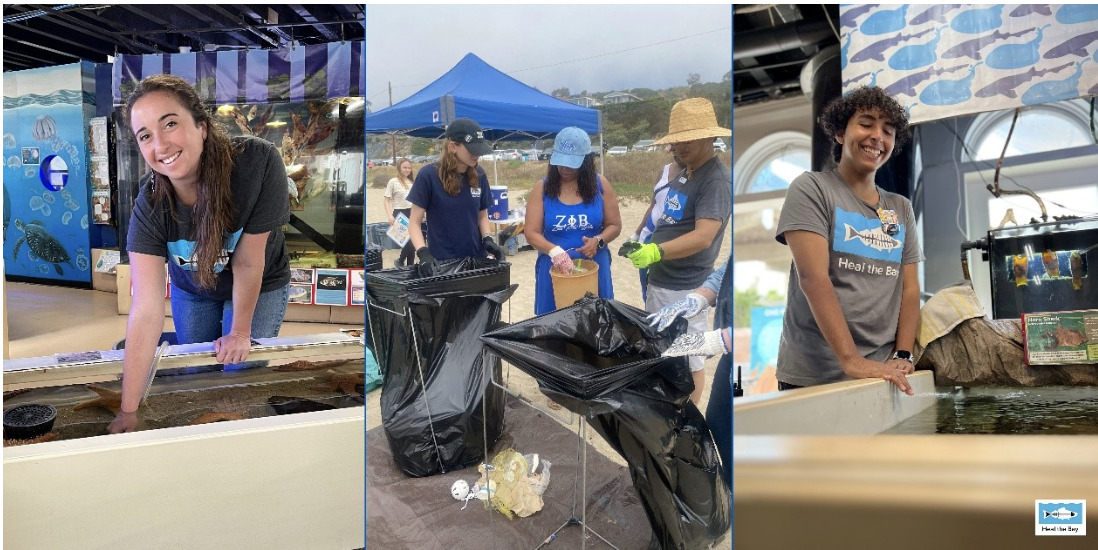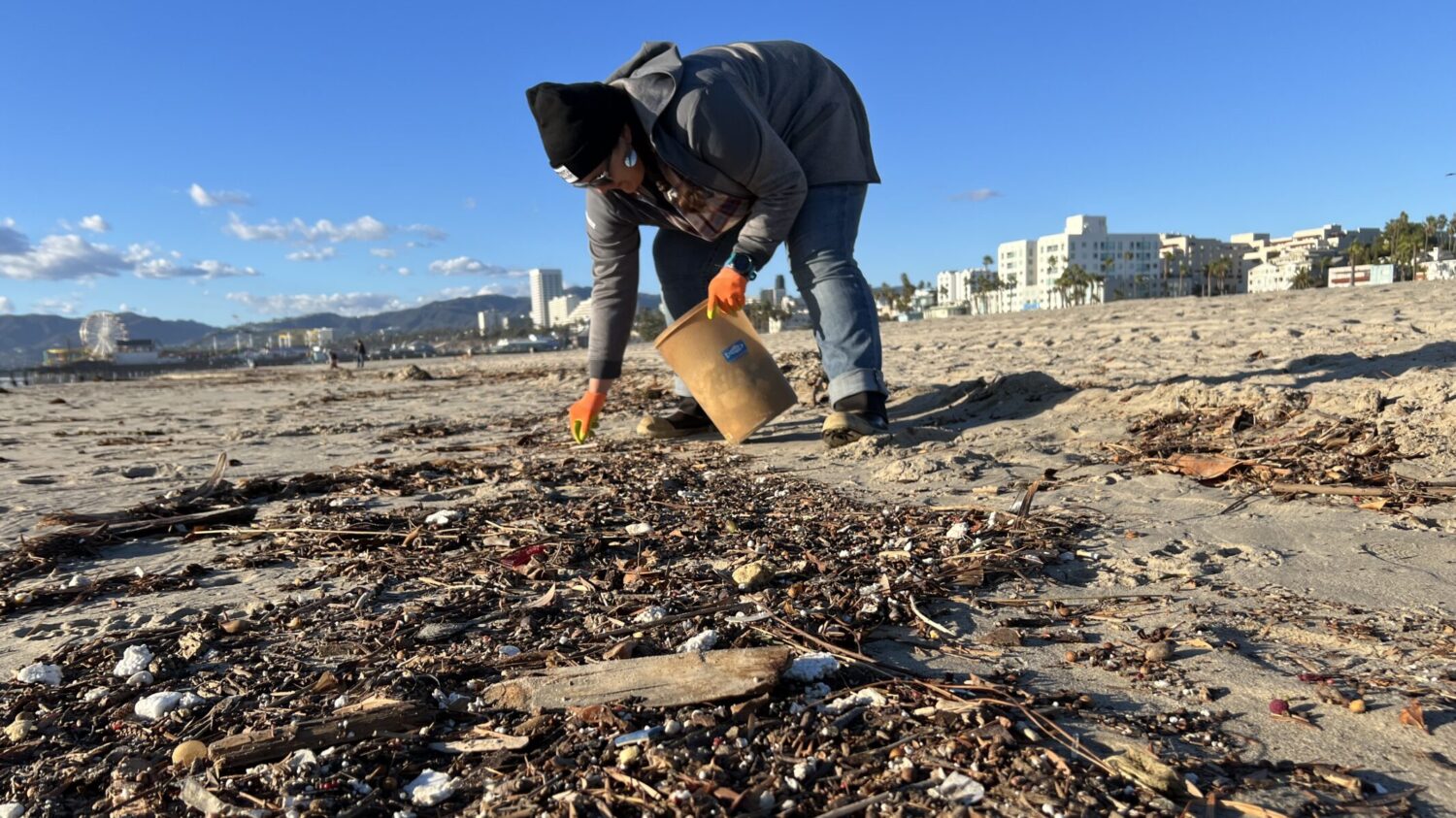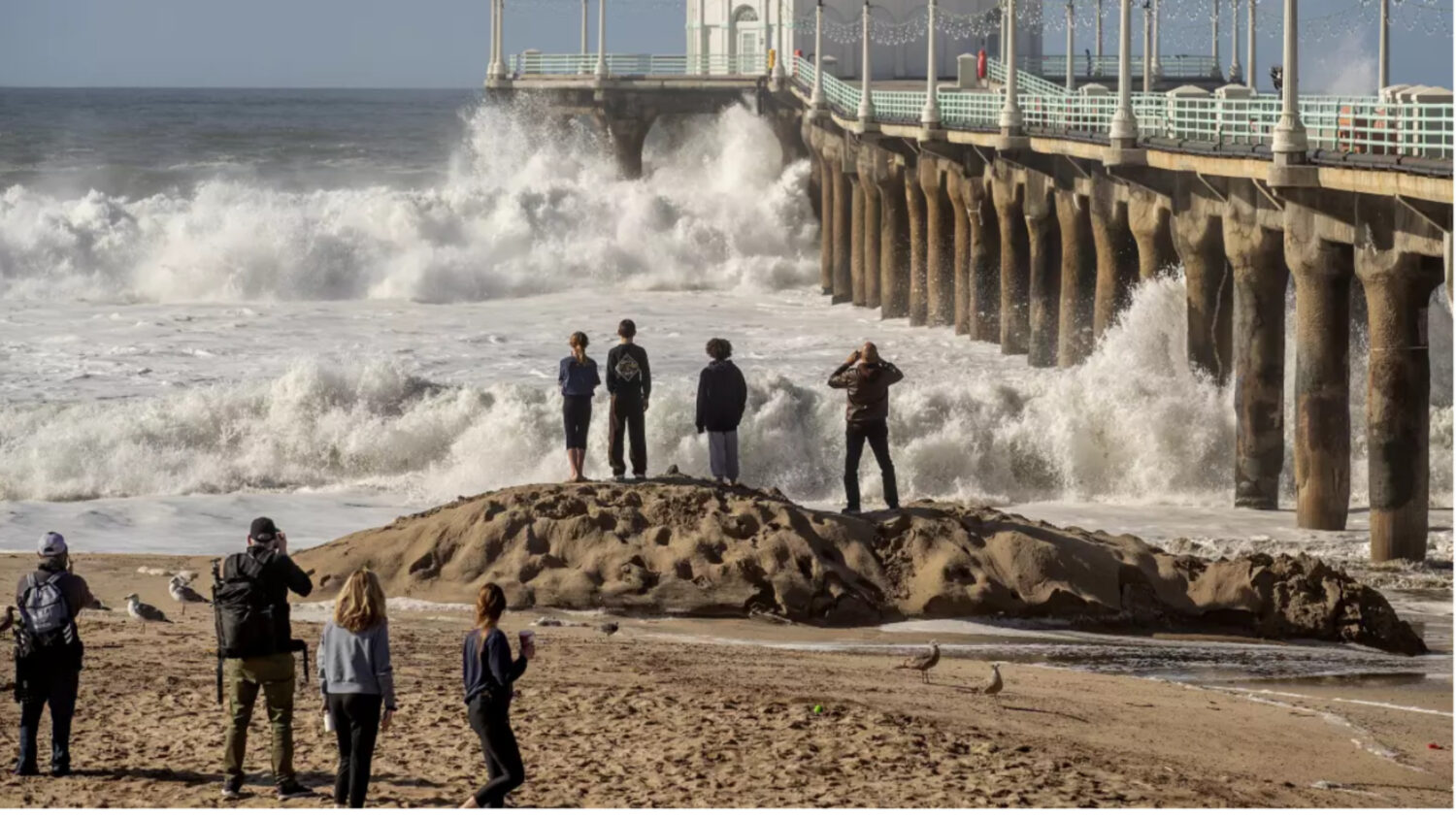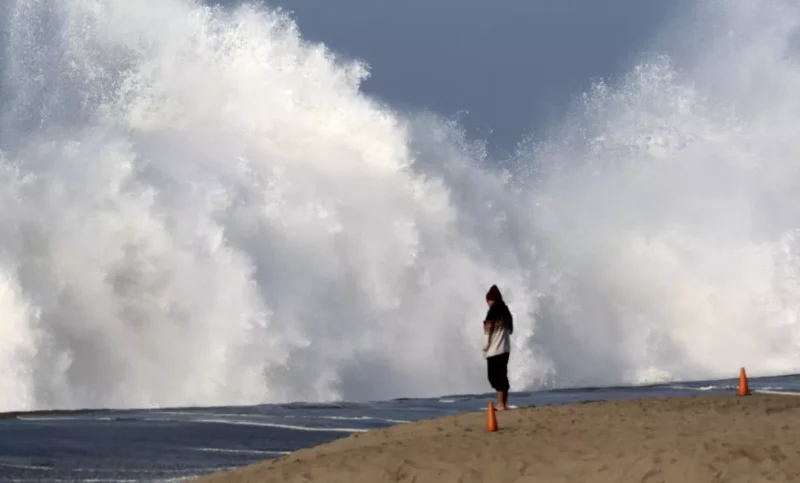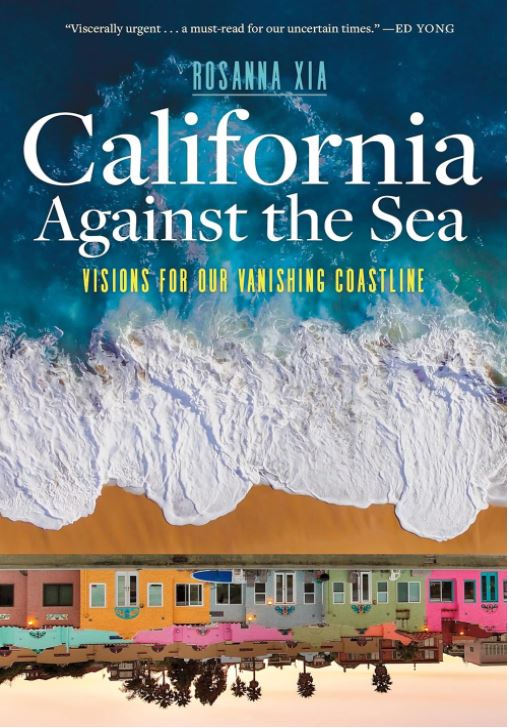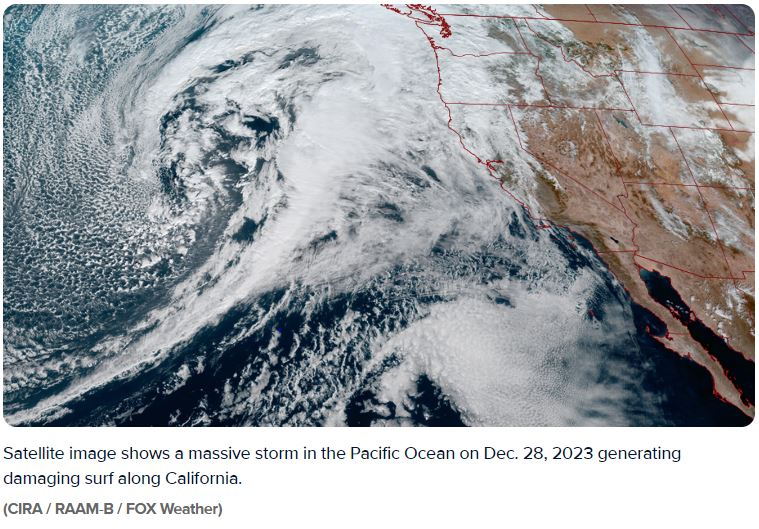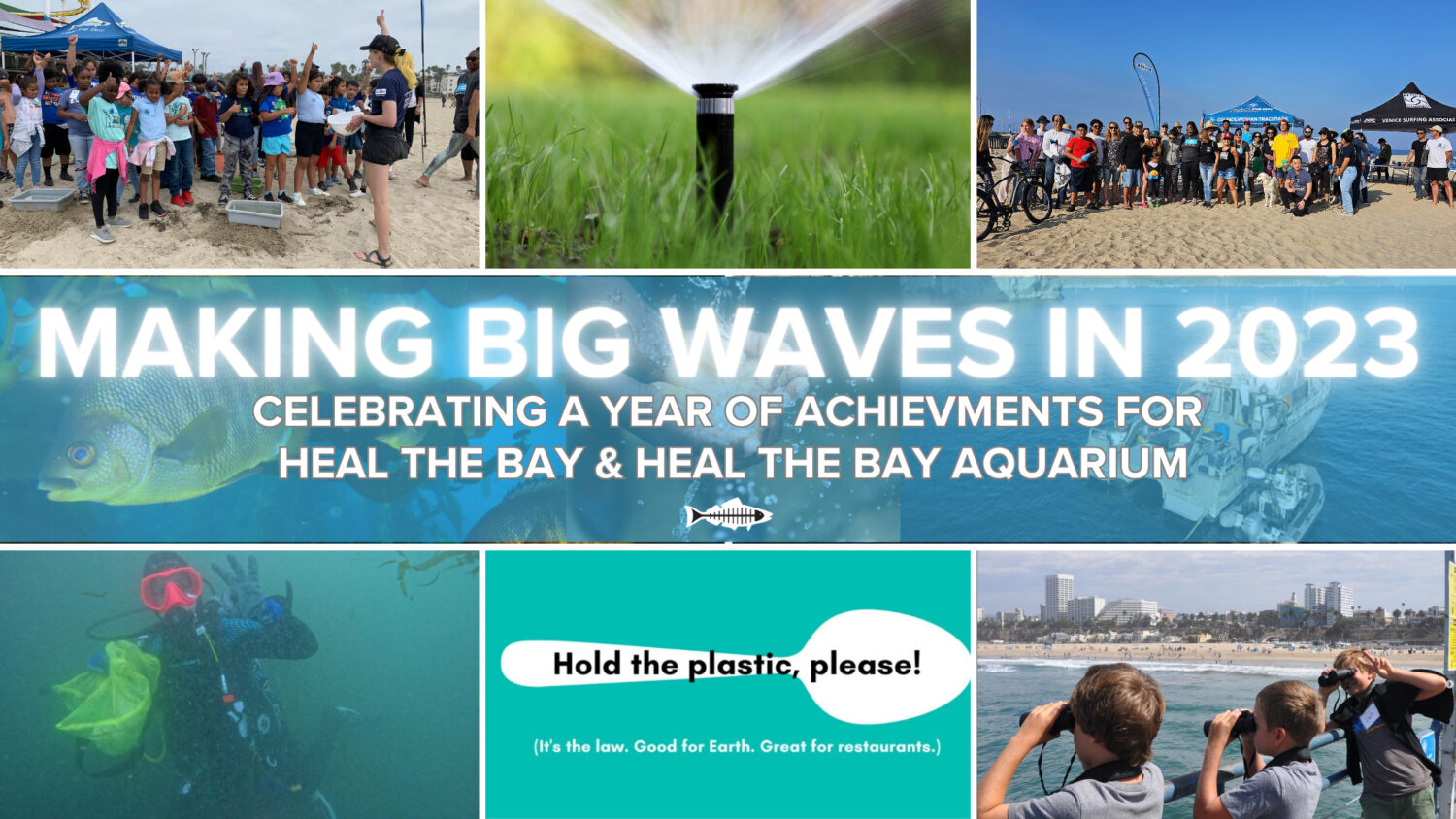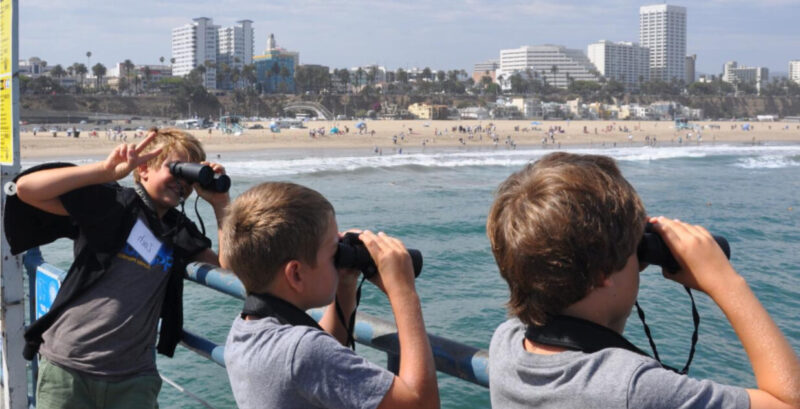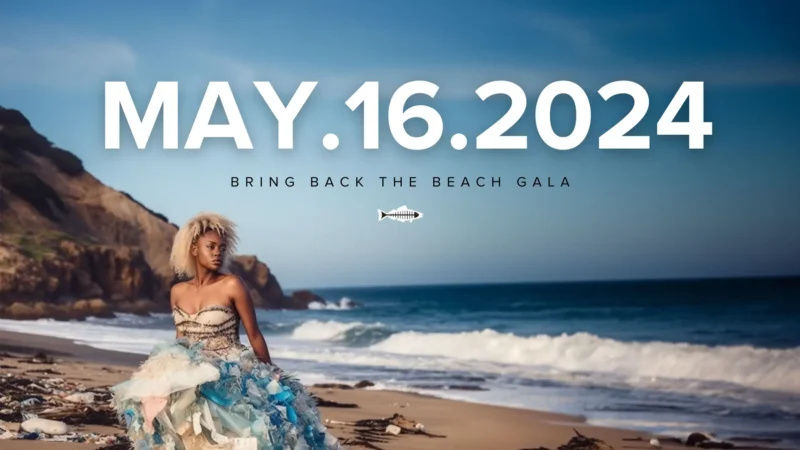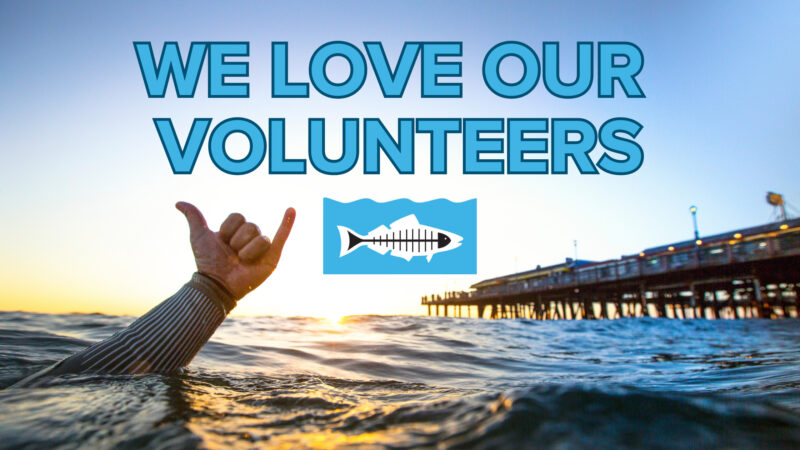
Heal the Bay thrives because of our amazing volunteers. We are only able to celebrate those achievements because of the time, dedication, and support that our volunteers so graciously donate.
On March 21, 2024, Heal the Bay celebrated the incredible volunteers and supporters at our annual Super Healer Awards and Volunteer Party.
Our dedicated volunteers span a wide age range, from 12 to 87 years old, and hail from various corners of the greater Los Angeles area. From Malibu to Long Beach, South LA to the North East San Fernando Valley, volunteers share a common goal at Heal the Bay: to make coastal waters and watersheds safe, healthy, and clean for everyone. Whether they are participating in beach clean-ups or funding critical work, their collective contributions have made a tangible difference in our ongoing efforts to protect our oceans. Thank you to past, present, and future volunteers for your invaluable support and dedication!
2023 Was A Winning Year for Heal the Bay:
Volunteers who participated in our monthly Nothin’ But Sand Beach Cleanups and annual Coastal Cleanup Day programming contributed over 22,278 hours to protecting and conserving our local waterways and coastal waters.
On Coastal Cleanup Day, we had 7,337 volunteers remove more than 16,211 lbs of trash and 430 lbs. of recyclables from our waterways and neighborhoods.
Aquarium volunteers contributed 5,751 hours as they interpreted at touch tanks, engaged with visiting students, and assisted in caring for our animals.
Our MPA Watch volunteers conducted 572 surveys in 2023 to monitor use in the Palos Verdes and Malibu MPA sites.
Our Super Healer Awardees
Corporate Super Healer
The Many
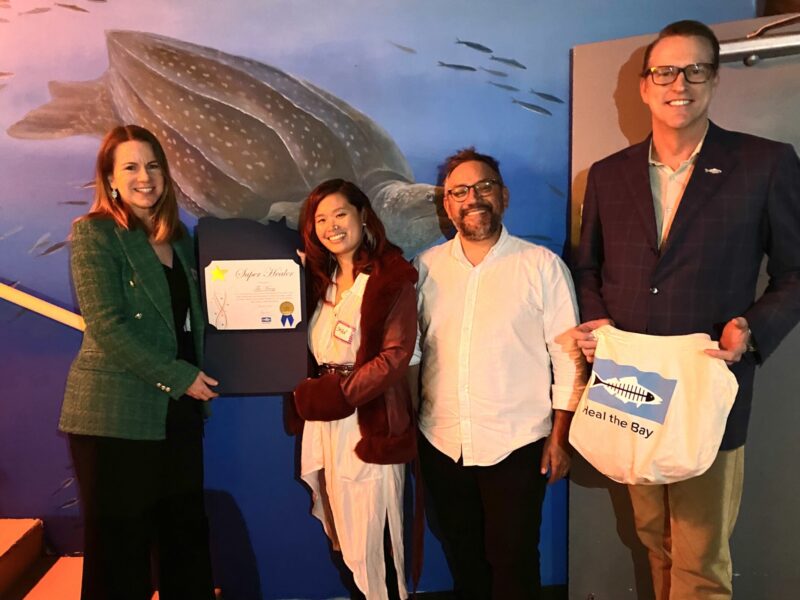 The Many is a local values-based advertising agency headquartered in the Pacific Palisades of Los Angeles, CA. They deliver bespoke client solutions ranging from integrated brand experiences and world record-setting activations to social movements, influencer campaigns and earned media stunts. They are an active supporter of Heal the Bay and this year they have created the campaign design for our biggest fundraising event of the year, our annual Bring Back the Beach Gala. A big thank you to The Many for their amazing support!
The Many is a local values-based advertising agency headquartered in the Pacific Palisades of Los Angeles, CA. They deliver bespoke client solutions ranging from integrated brand experiences and world record-setting activations to social movements, influencer campaigns and earned media stunts. They are an active supporter of Heal the Bay and this year they have created the campaign design for our biggest fundraising event of the year, our annual Bring Back the Beach Gala. A big thank you to The Many for their amazing support!
Aquarist Super Healer
Bailey Cox
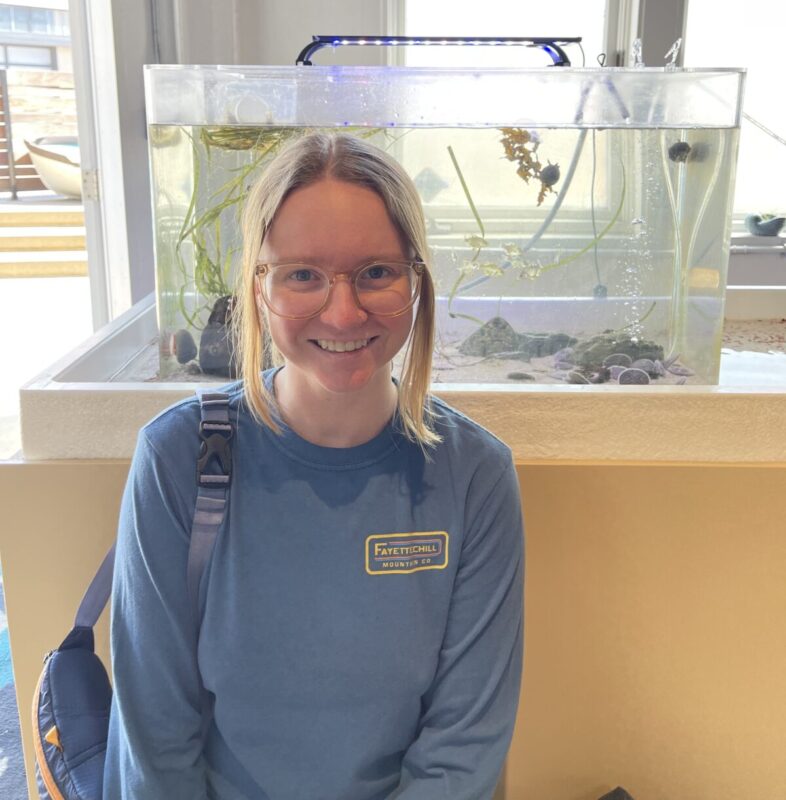 Bailey is a fantastic volunteer. Her ability to work through tasks with incredible speed and efficiency sets her apart. She has a vast knowledge of marine biology, which shows through all of her work. Bailey combines speed with expertise, effortlessly managing multiple responsibilities while ensuring the highest standard of care for our aquatic residents. Her dedication and proficiency make Bailey a valuable asset to our volunteer community, contributing significantly to our mission at Heal the Bay and the well-being of our animals. Thanks Bailey!
Bailey is a fantastic volunteer. Her ability to work through tasks with incredible speed and efficiency sets her apart. She has a vast knowledge of marine biology, which shows through all of her work. Bailey combines speed with expertise, effortlessly managing multiple responsibilities while ensuring the highest standard of care for our aquatic residents. Her dedication and proficiency make Bailey a valuable asset to our volunteer community, contributing significantly to our mission at Heal the Bay and the well-being of our animals. Thanks Bailey!
Laia Mayne
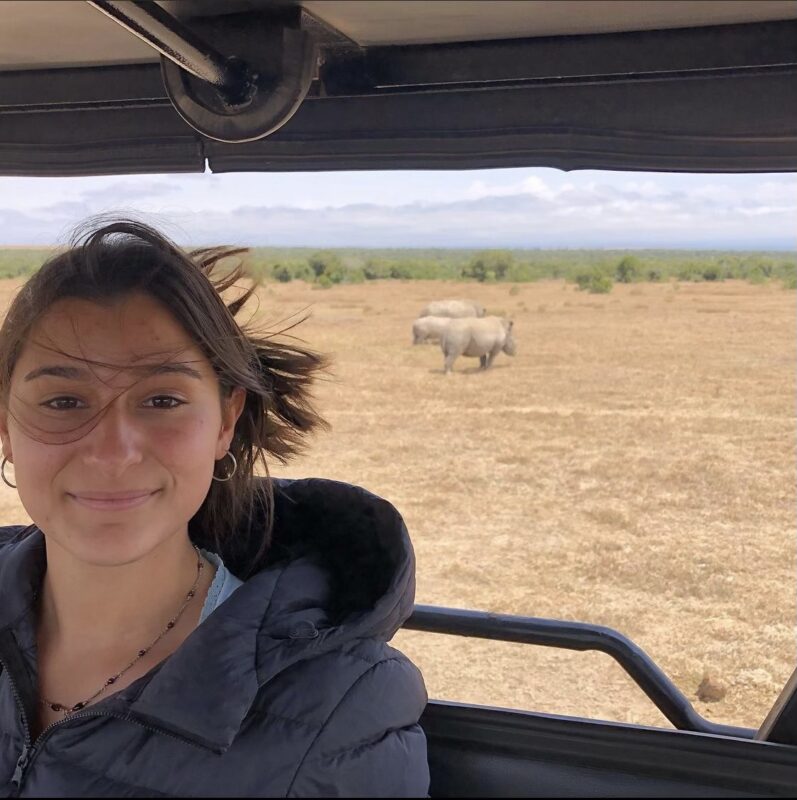 Laia is one of our most hard-working and meticulous volunteers. She is always eager to tackle whatever task is given to her. Her meticulous care in ensuring the tanks are impeccably clean reflects her dedication and desire to learn. Laia sees her time with us as a stepping stone towards her academic ambitions and brings outstanding professionalism and enthusiasm to our volunteer force. Thanks Laia!
Laia is one of our most hard-working and meticulous volunteers. She is always eager to tackle whatever task is given to her. Her meticulous care in ensuring the tanks are impeccably clean reflects her dedication and desire to learn. Laia sees her time with us as a stepping stone towards her academic ambitions and brings outstanding professionalism and enthusiasm to our volunteer force. Thanks Laia!
Maia Flores
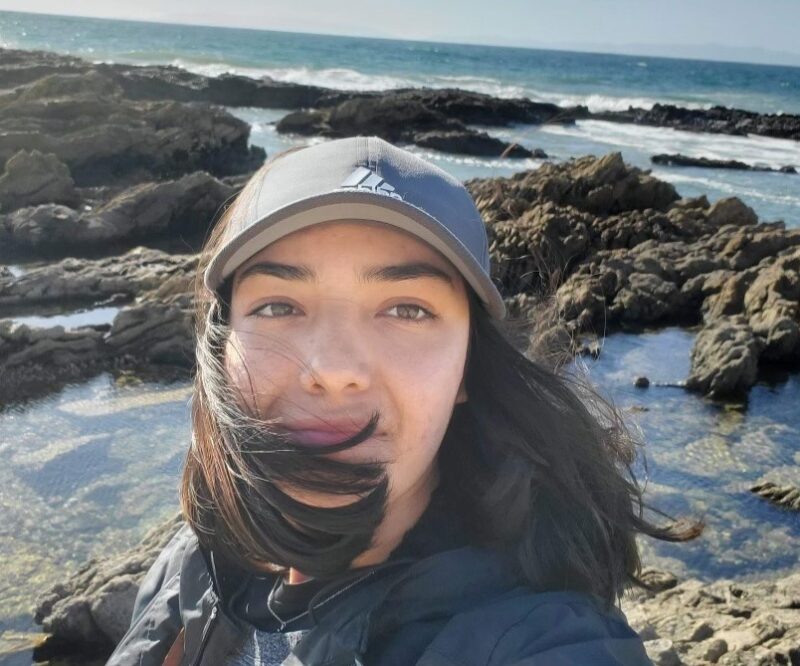 Maia joined our Aquarium family early on in 2023 and she has shown great enthusiasm and drive for Aquaristing. She is always on top of the tasks she has and is open to trying new tasks. She goes above and beyond in supporting our team in a variety of ways, to help aquarists finish big projects for the day like even getting in and helping scrub Under The Pier. Maia is trustworthy, reliable and dedicated to supporting with any Aquarium tasks for a given day. Thanks Maia!
Maia joined our Aquarium family early on in 2023 and she has shown great enthusiasm and drive for Aquaristing. She is always on top of the tasks she has and is open to trying new tasks. She goes above and beyond in supporting our team in a variety of ways, to help aquarists finish big projects for the day like even getting in and helping scrub Under The Pier. Maia is trustworthy, reliable and dedicated to supporting with any Aquarium tasks for a given day. Thanks Maia!
Jake Bogart
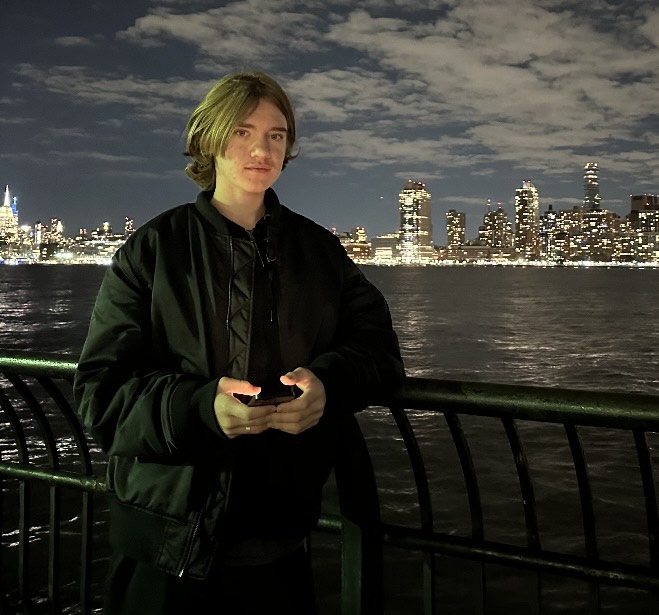 Jake has been an excellent volunteer who shows up consistently and for longer than he is required to do because he enjoys spending time at the Aquarium. He goes above and beyond, staying extra hours to get as much aquaristing experience but also helping us complete tasks at hand. He always comes in with a positive attitude ready to work hard and has insightful questions about Aquaristing. We are grateful to volunteers like Jake who help us keep our Aquarium in tip-top shape. Thanks Jake!
Jake has been an excellent volunteer who shows up consistently and for longer than he is required to do because he enjoys spending time at the Aquarium. He goes above and beyond, staying extra hours to get as much aquaristing experience but also helping us complete tasks at hand. He always comes in with a positive attitude ready to work hard and has insightful questions about Aquaristing. We are grateful to volunteers like Jake who help us keep our Aquarium in tip-top shape. Thanks Jake!
Public Programs Super Healers
Samantha “Sam” Spero
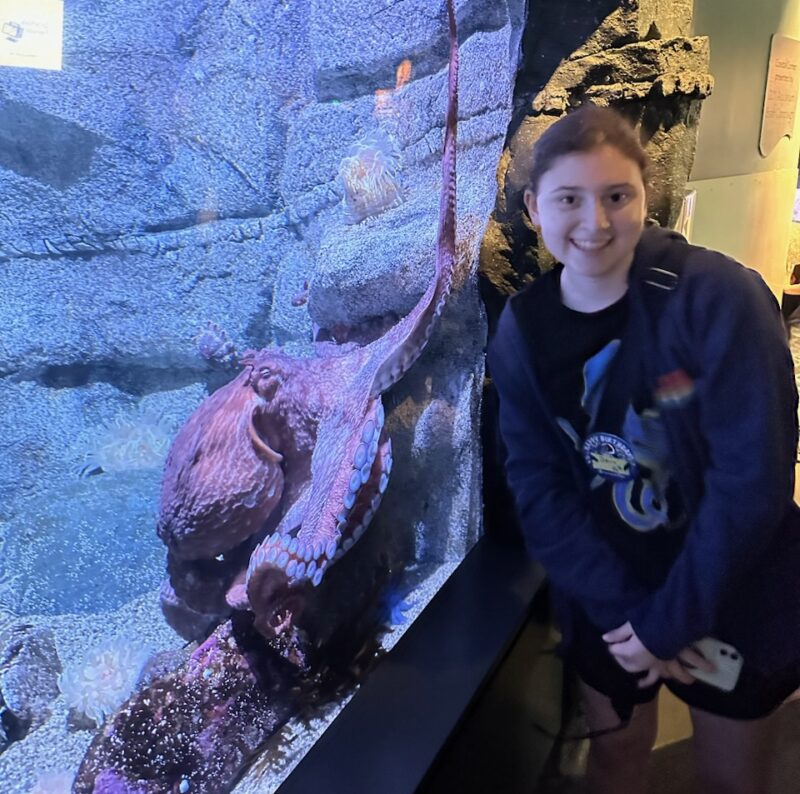 Sam is an Aquarium Super Star. She volunteers with BOTH aquarists and public programs, which gives her a whole new perspective to share with aquarium guests! We also appreciate Sam’s work with Club Heal the Bay. Sam is reliable, creative, and cheerful. It’s a pleasure to work alongside Sam and are in awe of her passion for marine science and marine wildlife. Thank you so much Sam, for your dedication, reliability, and hard work!
Sam is an Aquarium Super Star. She volunteers with BOTH aquarists and public programs, which gives her a whole new perspective to share with aquarium guests! We also appreciate Sam’s work with Club Heal the Bay. Sam is reliable, creative, and cheerful. It’s a pleasure to work alongside Sam and are in awe of her passion for marine science and marine wildlife. Thank you so much Sam, for your dedication, reliability, and hard work!
Carter Yean
 Carter is a spirited and confident volunteer. We appreciate Carter’s volunteer work with Public Programs and his experience advocating for environmental justice. He’s shown amazing leadership, dedication, and eagerness to try new things. Thank you so much for all that you do Carter, and thank you for being a super healer!
Carter is a spirited and confident volunteer. We appreciate Carter’s volunteer work with Public Programs and his experience advocating for environmental justice. He’s shown amazing leadership, dedication, and eagerness to try new things. Thank you so much for all that you do Carter, and thank you for being a super healer!
Jackson Yean
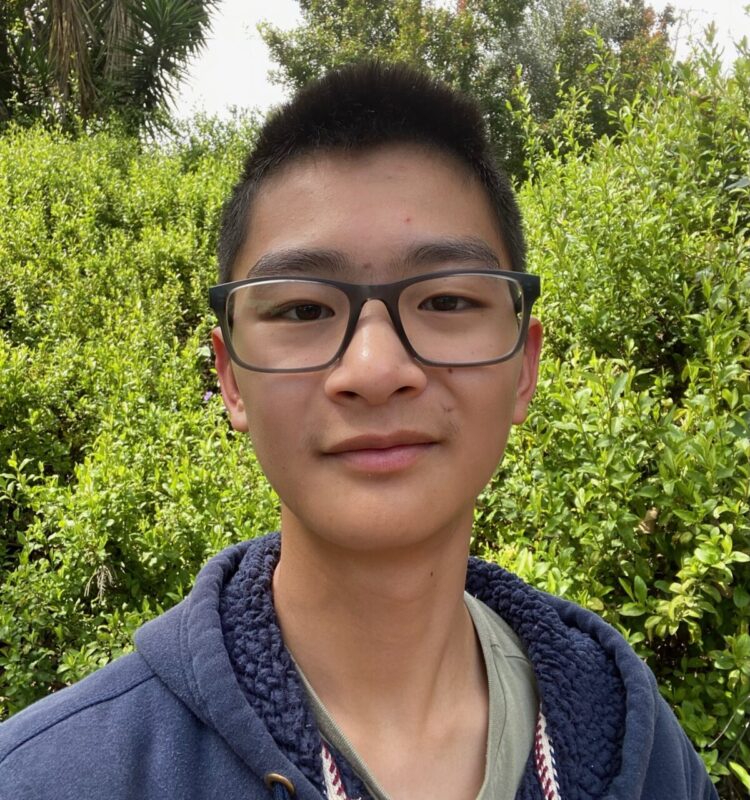 Jackson has taken on many endeavors as a Public Programs volunteer. From interpreting with guests at the Aquarium to taking part in educational outreach efforts on the Santa Monica Pier, Jackson is always ready and eager to support in any capacity. Jackson contributes not only his time but also brings along awesome animal facts to share with the team and guests. Thanks for all that you do Jackson, we appreciate your time and effort!
Jackson has taken on many endeavors as a Public Programs volunteer. From interpreting with guests at the Aquarium to taking part in educational outreach efforts on the Santa Monica Pier, Jackson is always ready and eager to support in any capacity. Jackson contributes not only his time but also brings along awesome animal facts to share with the team and guests. Thanks for all that you do Jackson, we appreciate your time and effort!
Gabriel Snyder
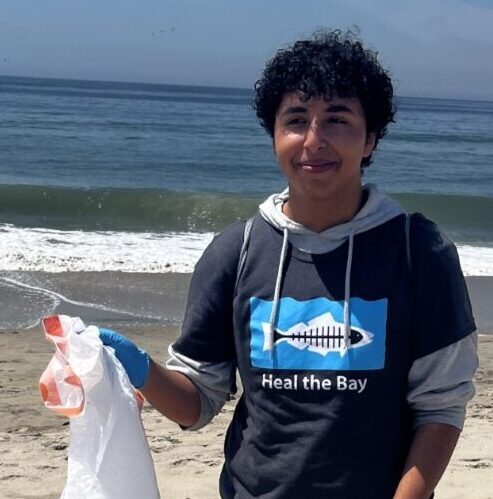 Gabriel has been a dedicated and enthusiastic volunteer since day one! Gabriel takes part in various Heal the Bay volunteer programs such as the Aquarium, Club Heal the Bay, and Adopt-a-Beach. He is passionate about protecting our environment and even wrote a book, Samson the Harbor Seal, to encourage readers to do their, part in reducing plastic pollution. We’re so lucky to have Gabriel be a part of our Heal the Bay family! Thank you for all that you do Gabriel!
Gabriel has been a dedicated and enthusiastic volunteer since day one! Gabriel takes part in various Heal the Bay volunteer programs such as the Aquarium, Club Heal the Bay, and Adopt-a-Beach. He is passionate about protecting our environment and even wrote a book, Samson the Harbor Seal, to encourage readers to do their, part in reducing plastic pollution. We’re so lucky to have Gabriel be a part of our Heal the Bay family! Thank you for all that you do Gabriel!
Education Super Healer
Sue Liu
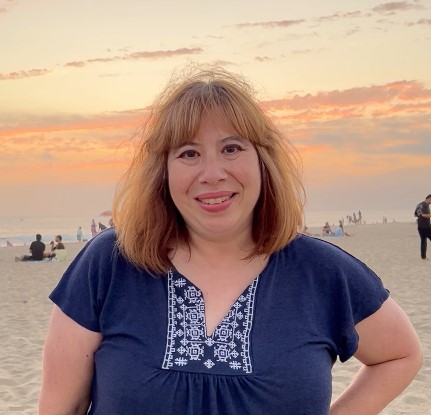 Sue has been volunteering with the Education Department for a while now and we absolutely adore her! She has been a positive energy for our team as well as a mentor of sorts. She is great with the students and we cannot thank her enough for her work here, and the kids love her too. Thank you Sue!
Sue has been volunteering with the Education Department for a while now and we absolutely adore her! She has been a positive energy for our team as well as a mentor of sorts. She is great with the students and we cannot thank her enough for her work here, and the kids love her too. Thank you Sue!
Beach Programs Super Healers
Art Salter
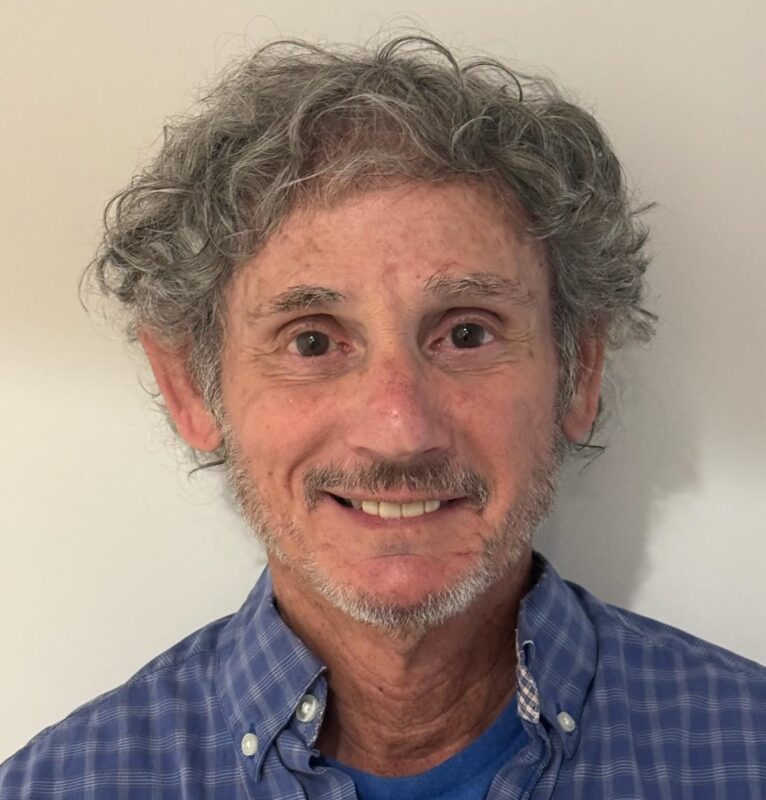 Art has been a dedicated Coastal Cleanup Day captain since 2018. He heroic heads up the Santa Monica Pier site at tower 1550 every year, Heal the Bay’s busiest CCD cleanup site! He communicates early and often about his CCD duties and helps keep the Beach Programs team on track for a successful Coastal Cleanup Day.
Art has been a dedicated Coastal Cleanup Day captain since 2018. He heroic heads up the Santa Monica Pier site at tower 1550 every year, Heal the Bay’s busiest CCD cleanup site! He communicates early and often about his CCD duties and helps keep the Beach Programs team on track for a successful Coastal Cleanup Day.
Samuel Jones
Sam is always ready to put in whatever work is needed to ensure we have a successful cleanup. He is prompt and very communicative.
Jerica Covell
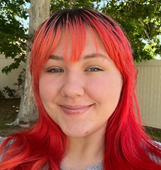 Jerica joined Heal the Bay as a Beach Captain and never looked back. In one year, she has completed the Speakers Bureau training and volunteered as a summer intern for CCD 2023. Jerica’s dedication is invaluable to Heal the Bay. I cannot wait to see what more this incredible person is capable of!
Jerica joined Heal the Bay as a Beach Captain and never looked back. In one year, she has completed the Speakers Bureau training and volunteered as a summer intern for CCD 2023. Jerica’s dedication is invaluable to Heal the Bay. I cannot wait to see what more this incredible person is capable of!
Makayla Cox
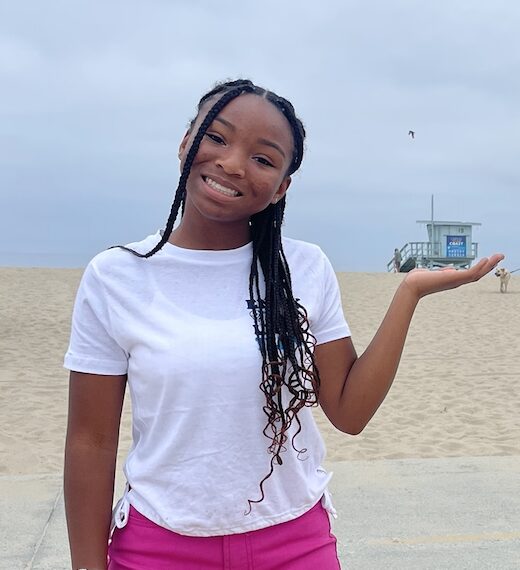 Makayla started with the AAB program in November of 2022, quickly got involved as a Beach Captain and now runs her own beach cleanups every month in Venice though her own non profit, Clean Up the Beach. Did I mention she is a sophomore in High School? She started a secondary project, Be Nice to VeNice to help rid the plastic pollution problem along the boardwalk at its source! Makayla has spent countless hours cleaning the beach, leading CCD sites, educating the public, attending community meetings, and working with elected officials to make Venice and the Los Angeles Beaches a better place for all!
Makayla started with the AAB program in November of 2022, quickly got involved as a Beach Captain and now runs her own beach cleanups every month in Venice though her own non profit, Clean Up the Beach. Did I mention she is a sophomore in High School? She started a secondary project, Be Nice to VeNice to help rid the plastic pollution problem along the boardwalk at its source! Makayla has spent countless hours cleaning the beach, leading CCD sites, educating the public, attending community meetings, and working with elected officials to make Venice and the Los Angeles Beaches a better place for all!
Community Science Super Healer Awards
MPA Watch: Olivia Rose Marie Muñoz
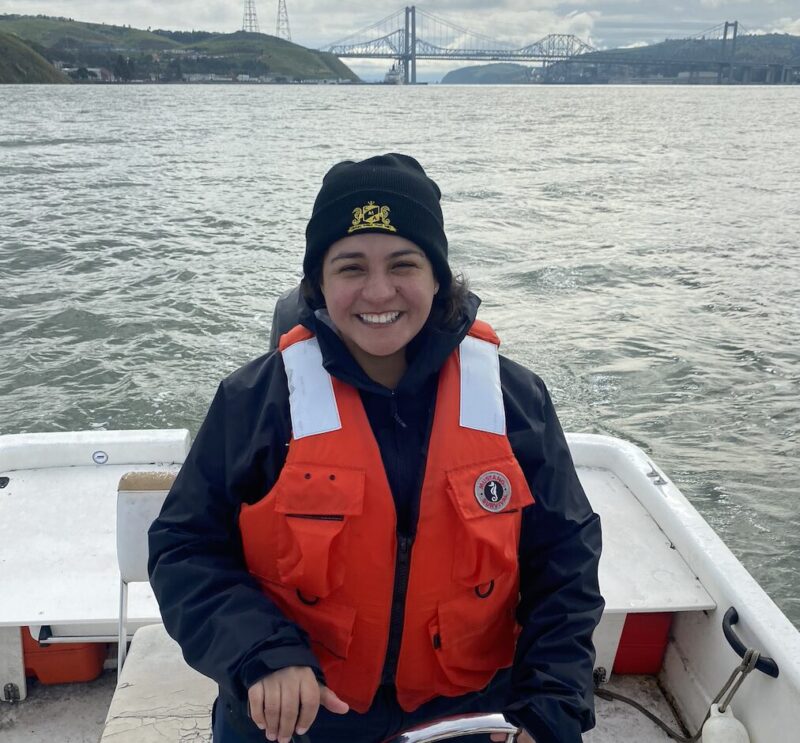 Growing up in North Hollywood Olivia used to daydream about taking a small boat down the LA River to get to the beach. She’s interested in how watersheds work and their impacts on coastal ecosystems, with an emphasis on water quality. She has been a Heal the Bay volunteer for multiple programs for many years. In 2022, she graduated with a B.S. in Oceanography from Cal Maritime, and is applying to graduate schools for next fall to continue her marine studies focusing on water quality and conservation. In her spare time, Olivia enjoys going on adventures, traveling, combing the beach, or just reading a book. She’s currently halfway through reading all of Stephen King’s books.
Growing up in North Hollywood Olivia used to daydream about taking a small boat down the LA River to get to the beach. She’s interested in how watersheds work and their impacts on coastal ecosystems, with an emphasis on water quality. She has been a Heal the Bay volunteer for multiple programs for many years. In 2022, she graduated with a B.S. in Oceanography from Cal Maritime, and is applying to graduate schools for next fall to continue her marine studies focusing on water quality and conservation. In her spare time, Olivia enjoys going on adventures, traveling, combing the beach, or just reading a book. She’s currently halfway through reading all of Stephen King’s books.
eDNA: Kate Swanson
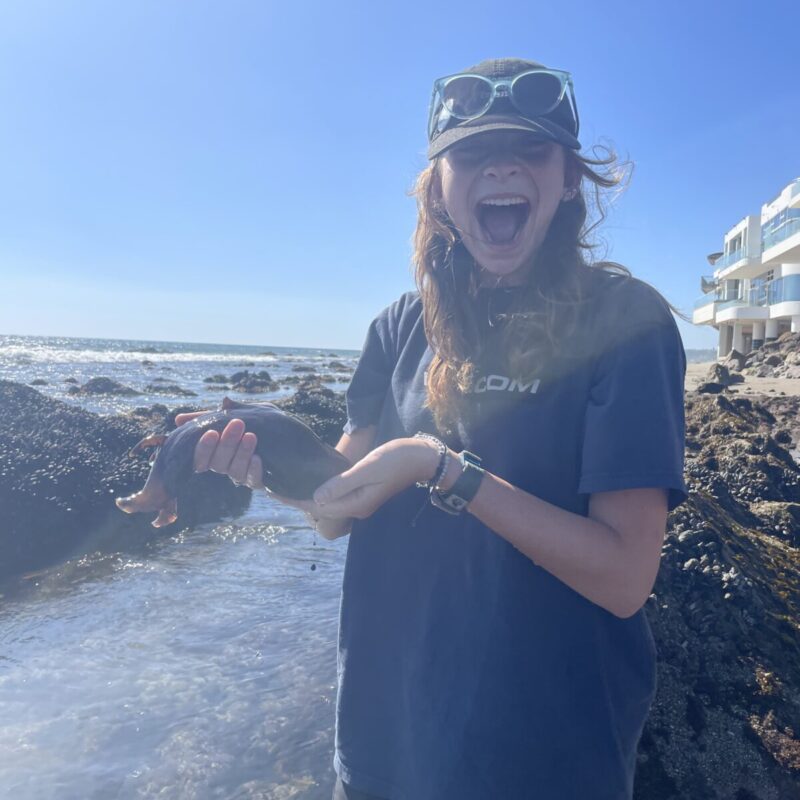 Kate has been involved with Heal the Bay’s eDNA sampling events for just about a year now. Kate grew up in the valley and is a current senior in high school. She first became involved with Heal the Bay through beach captaining Nothin’ But Sand cleanups and heard about eDNA during volunteer orientation, signing up the instant they got notice they were back on. The events have brought so much excitement to Kate’s Saturdays and is looking forward to doing more. One of Kate’s favorite memories was at Latigo Point when Crystal and her found a sea hare!
Kate has been involved with Heal the Bay’s eDNA sampling events for just about a year now. Kate grew up in the valley and is a current senior in high school. She first became involved with Heal the Bay through beach captaining Nothin’ But Sand cleanups and heard about eDNA during volunteer orientation, signing up the instant they got notice they were back on. The events have brought so much excitement to Kate’s Saturdays and is looking forward to doing more. One of Kate’s favorite memories was at Latigo Point when Crystal and her found a sea hare!
Outreach Super Healer Award
Outreach: John Marshal High School, Club Heal the Bay
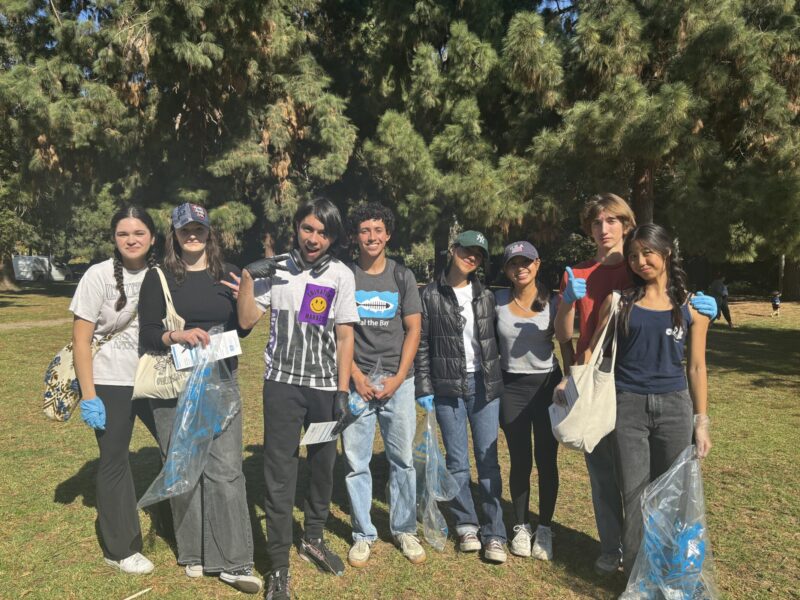 JMHS’s Club Heal the Bay has exemplified our efforts to strengthen our youth programming. They have participated in our eDNA events, adopted a beach (and park!), and provided public comment to bring green efforts to LAUSD campuses. They are our most dedicated club, and we look forward to continuing to collaborate with them. Thanks Club Heal the Bay, John Marshal High School for all that you do!
JMHS’s Club Heal the Bay has exemplified our efforts to strengthen our youth programming. They have participated in our eDNA events, adopted a beach (and park!), and provided public comment to bring green efforts to LAUSD campuses. They are our most dedicated club, and we look forward to continuing to collaborate with them. Thanks Club Heal the Bay, John Marshal High School for all that you do!
Are you ready to begin your volunteer journey with Heal the Bay? Discover all the ways you can work for a safe, clean coastline and watershed!
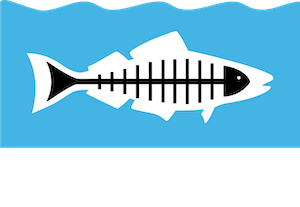
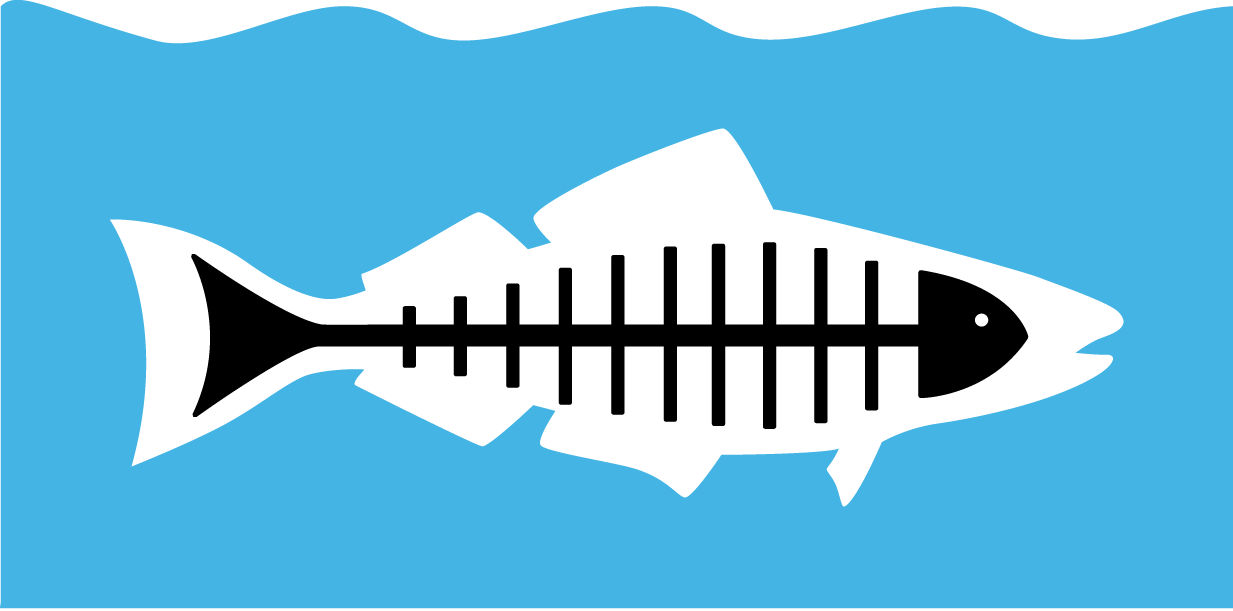


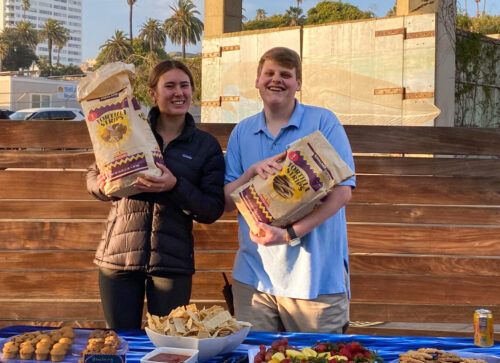
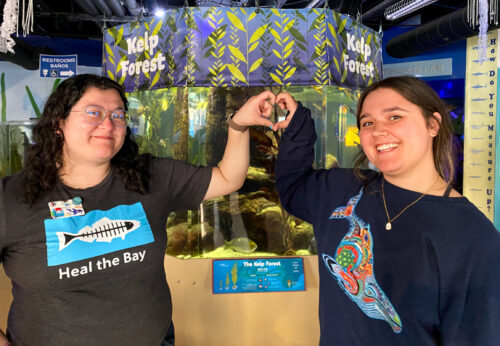
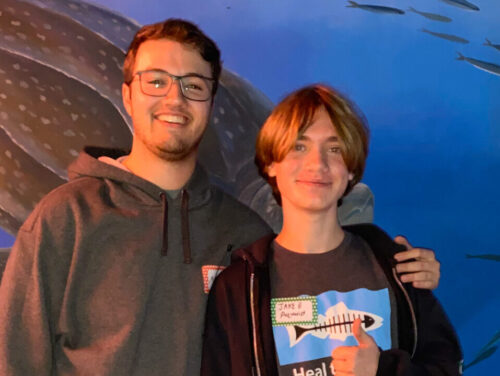
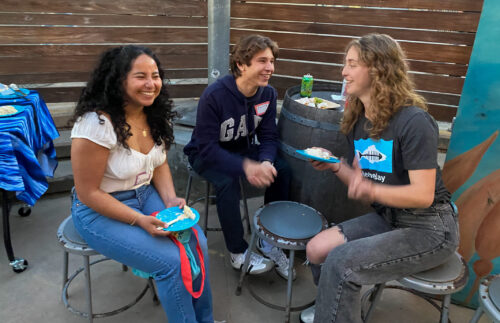
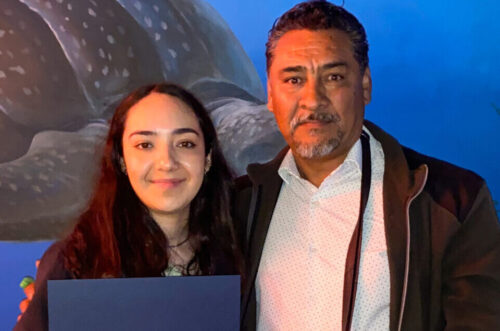
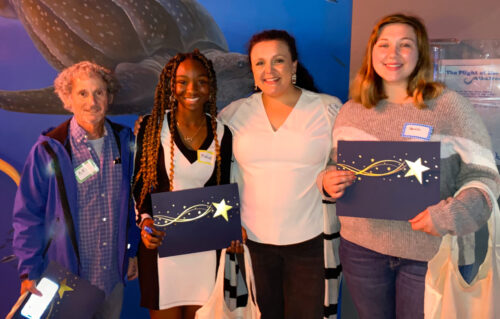
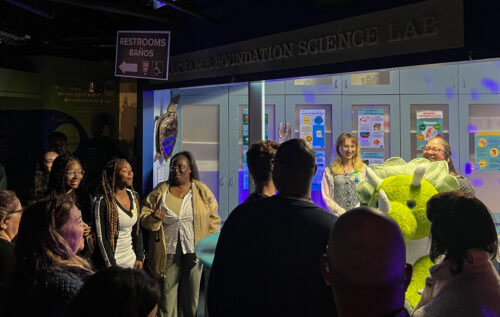
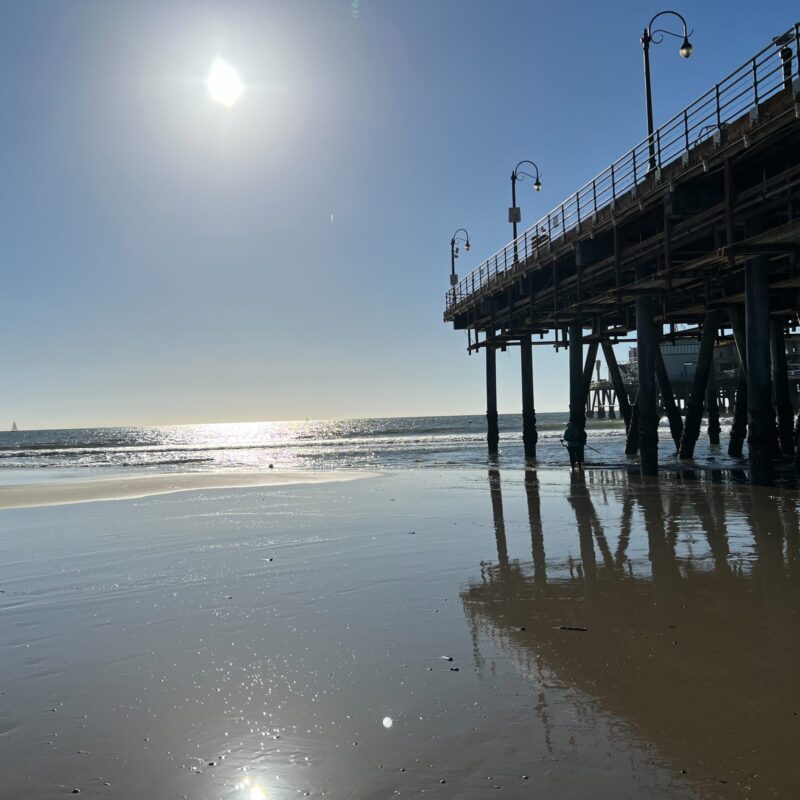
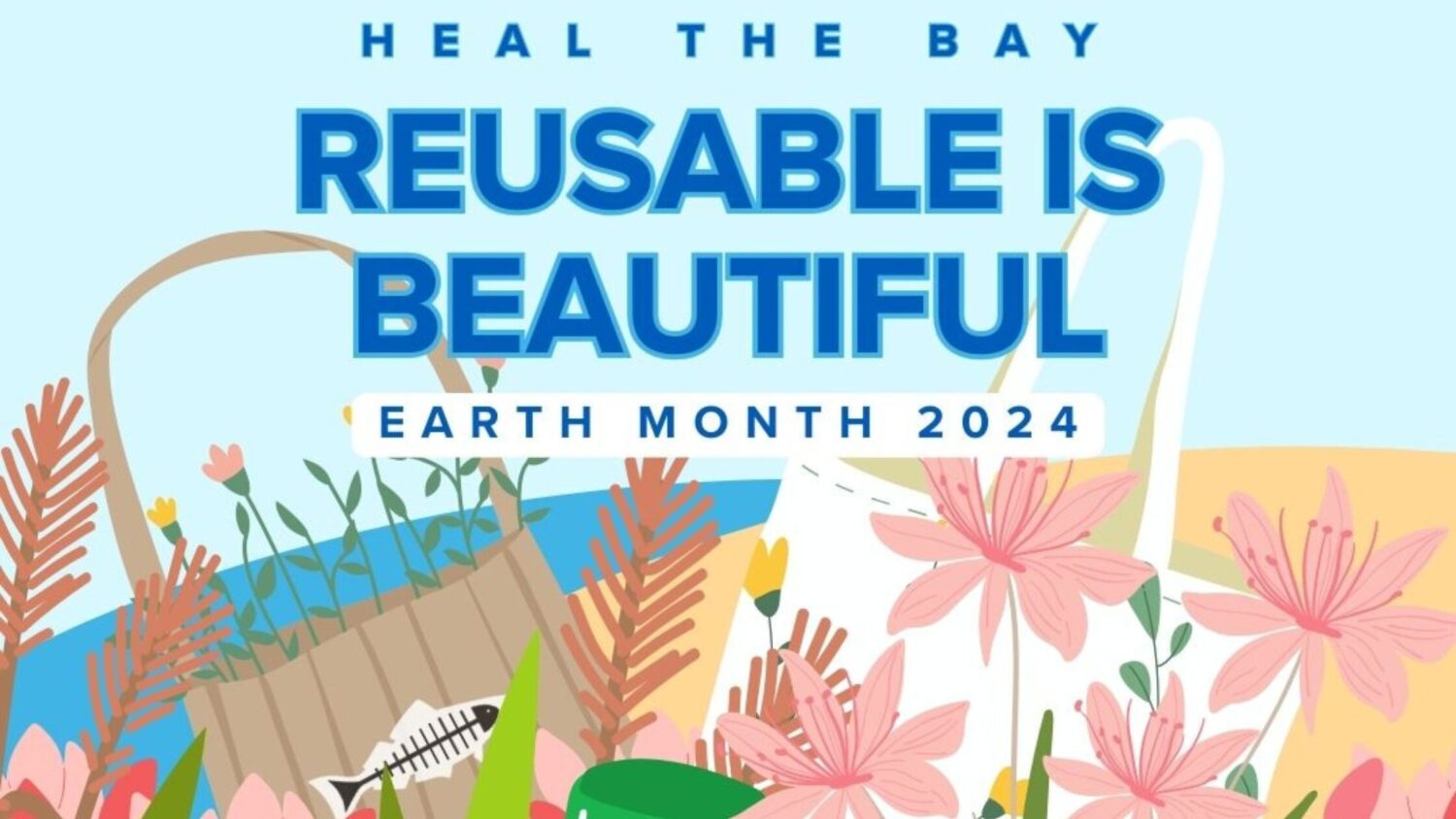
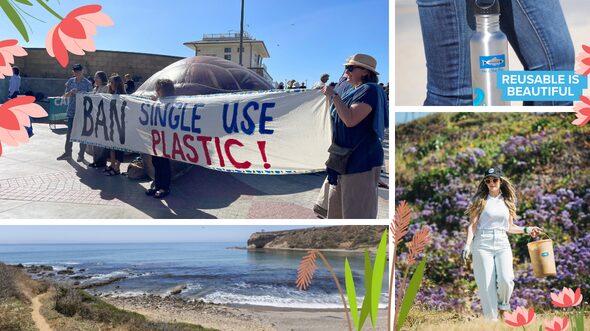
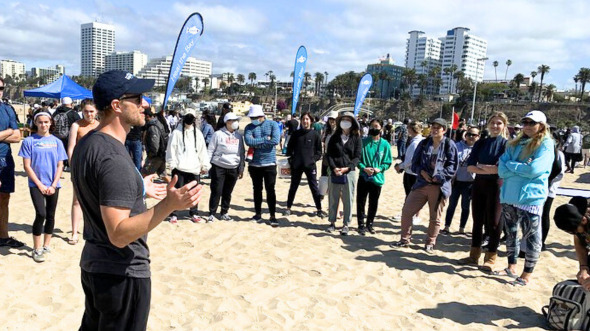

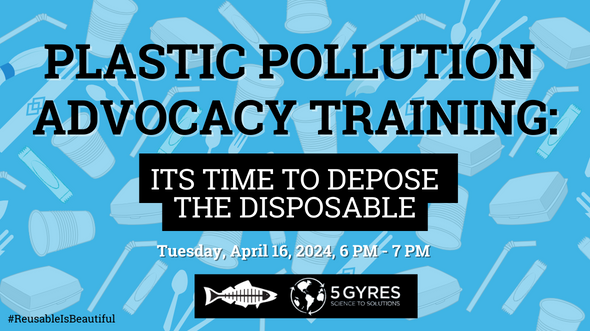
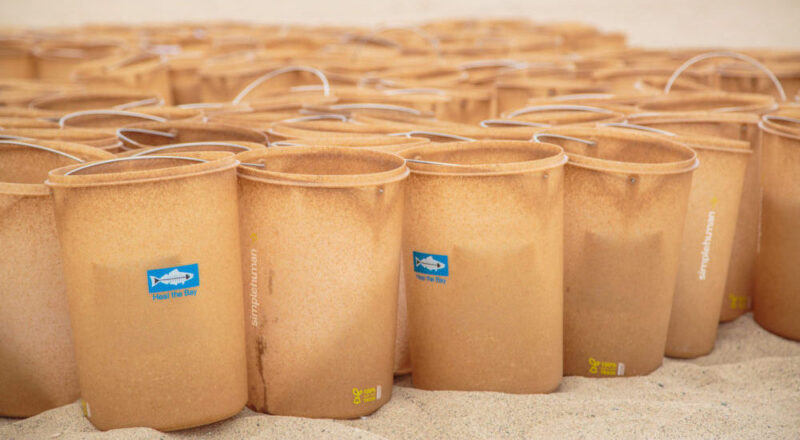
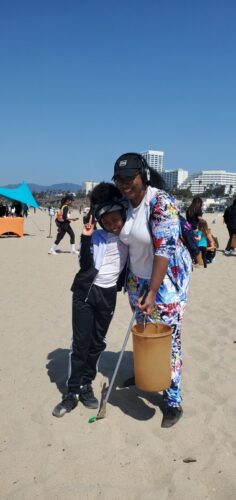
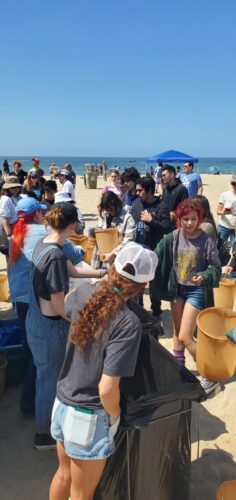
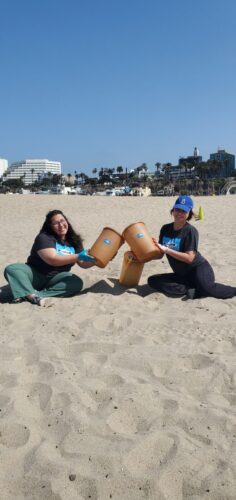
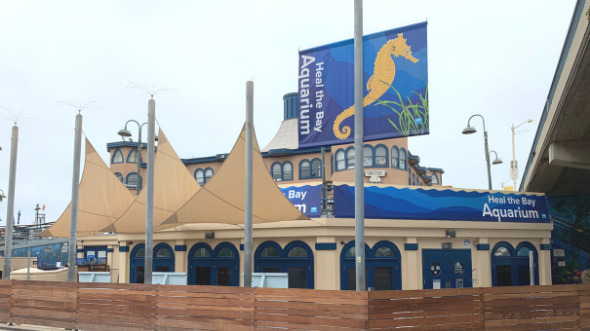
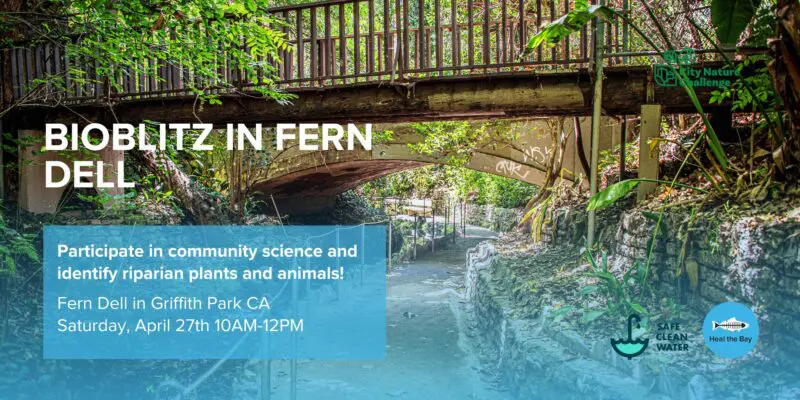
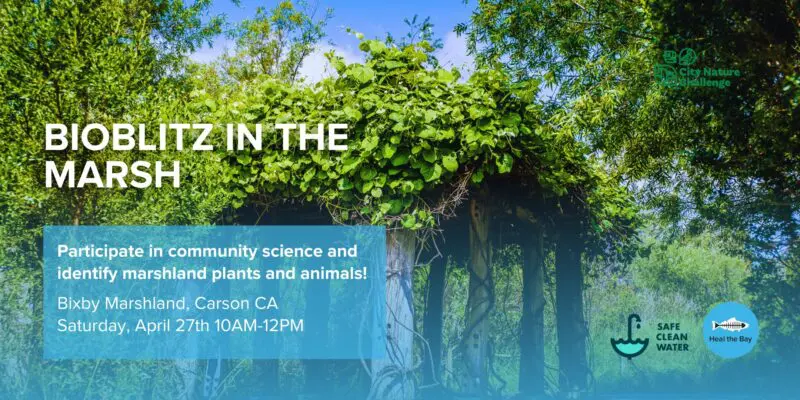
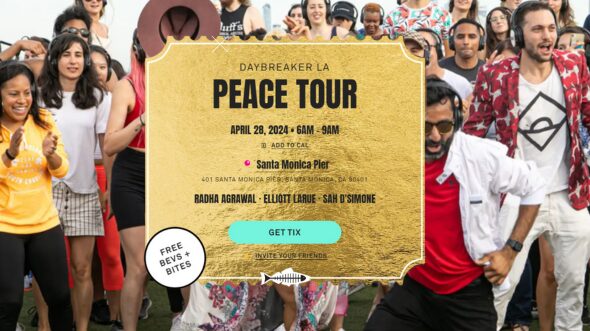
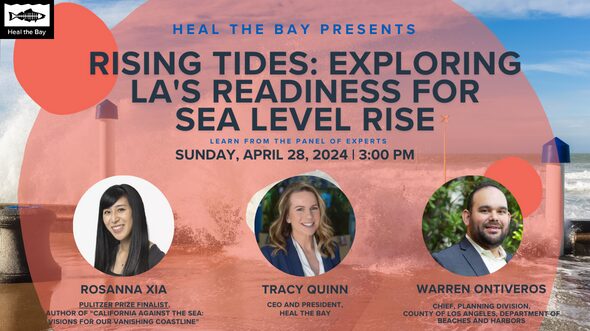
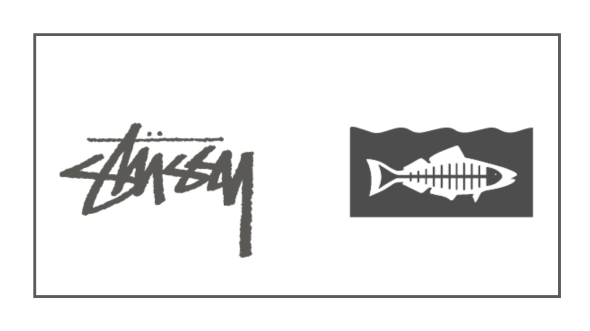
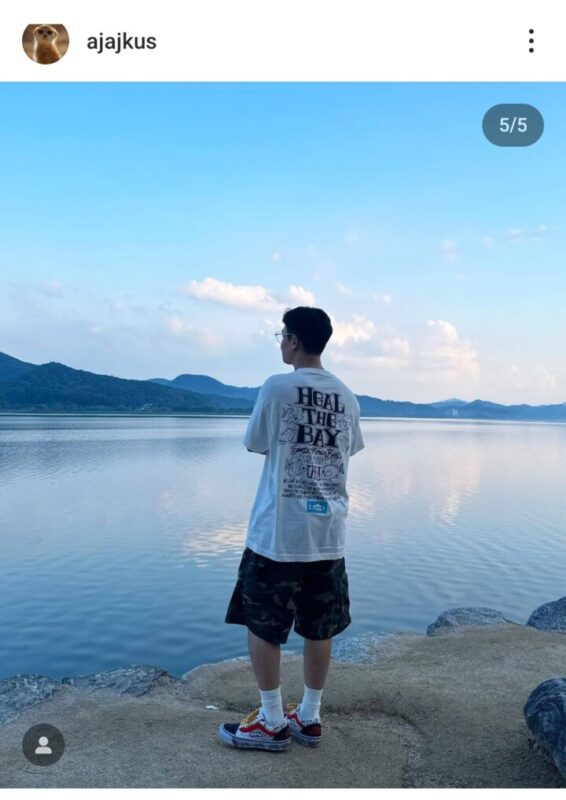 Stüssy x Heal the Bay returns with a limited-edition capsule collection launch! 100% of the proceeds from this collaboration will be donated to Heal the Bay to support our marine and coastal watershed protection work!
Stüssy x Heal the Bay returns with a limited-edition capsule collection launch! 100% of the proceeds from this collaboration will be donated to Heal the Bay to support our marine and coastal watershed protection work!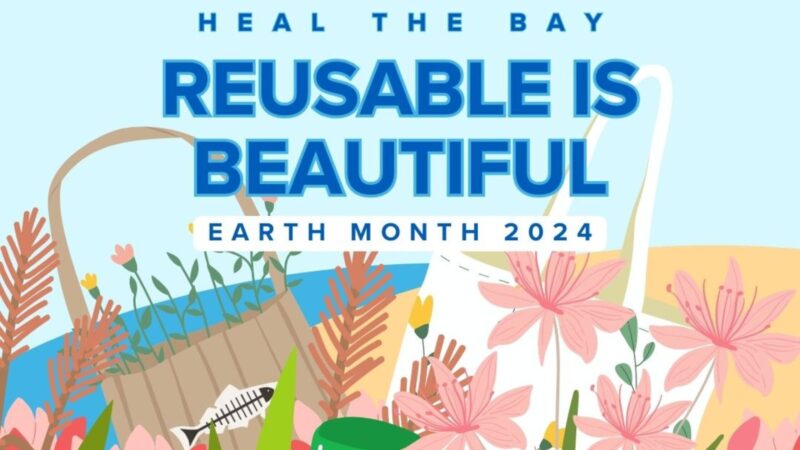
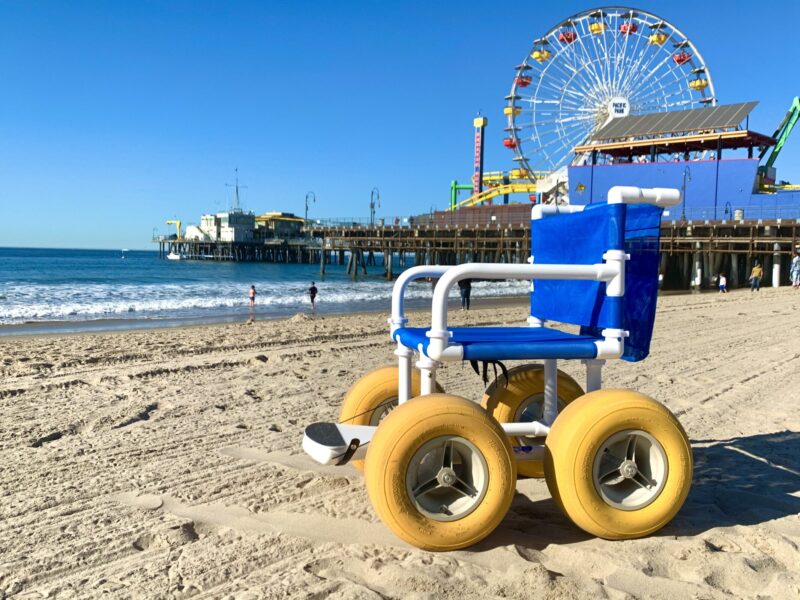 Need a beach wheelchair to enjoy some fun in the sun? Everyone should be able to enjoy a day at the beach, so come to Heal the Bay Aquarium to access our manual beach wheelchairs, which are available for FREE public rentals.
Need a beach wheelchair to enjoy some fun in the sun? Everyone should be able to enjoy a day at the beach, so come to Heal the Bay Aquarium to access our manual beach wheelchairs, which are available for FREE public rentals.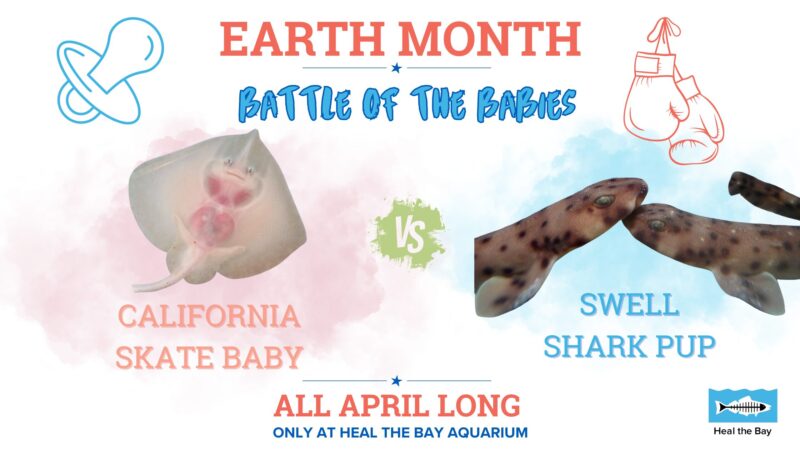
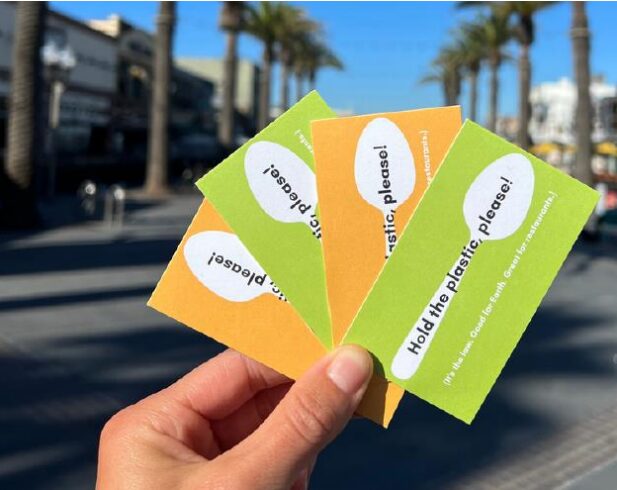 Calling all eco-warriors and selfie champions! Help your favorite restaurant ditch plastic for a chance to win awesome Heal the Bay gear .
Calling all eco-warriors and selfie champions! Help your favorite restaurant ditch plastic for a chance to win awesome Heal the Bay gear .